At this pace, the fashion industry's greenhouse gas emissions will surge more than 50 % by 30 If demographic and lifestyle patterns continue as they are now, global consumption of apparel will rise from 62 million metric tons in 19 to 102 million tons in 10 years overall emissions chart – revised Emissions need to be cut by 45% this decade, if the world is to limit global heating to 15C (27F), scientists have warnedThis chart shows the change in global greenhouse gas emissions over time Greenhouse gases are measured in 'carbon dioxideequivalents' (CO 2 e) Today, we collectively emit around 50 billion tonnes of CO 2 e each year This is more than 40% higher than emissions in 1990, which were around 35 billion tonnes
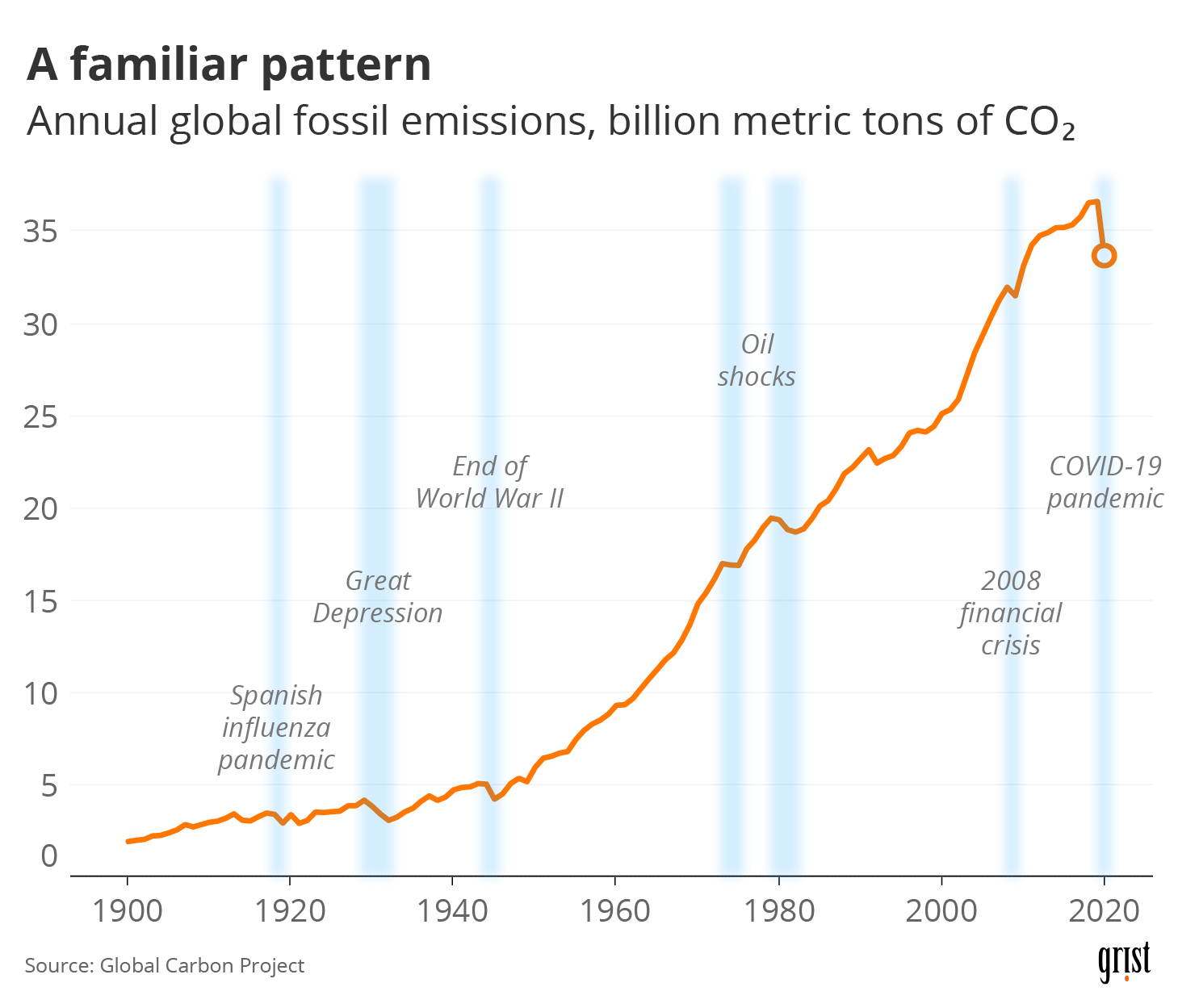
After A Century Of Growth Have Carbon Emissions Reached Their Peak Grist
What are the top 3 greenhouse gases
What are the top 3 greenhouse gases- Electricity Sector Emissions Total Emissions in 14 = 6,870 Million Metric Tons of CO 2 equivalent * Land Use, LandUse Change, and Forestry in the United States is a net sink and offsets approximately 11 percent of these greenhouse gas emissions All emission estimates from the Inventory of US Greenhouse Gas Emissions and Sinks 1990–14 Larger image to save orThese greenhouse gas emissions contribute to rising temperatures, changes in patterns of weather and water, and an increased frequency of extreme weather events For example, in Sumatra, rainforests on deep peatlands are being cleared, drained and converted to pulp plantations, contributing to Indonesia's high greenhouse gas emissions
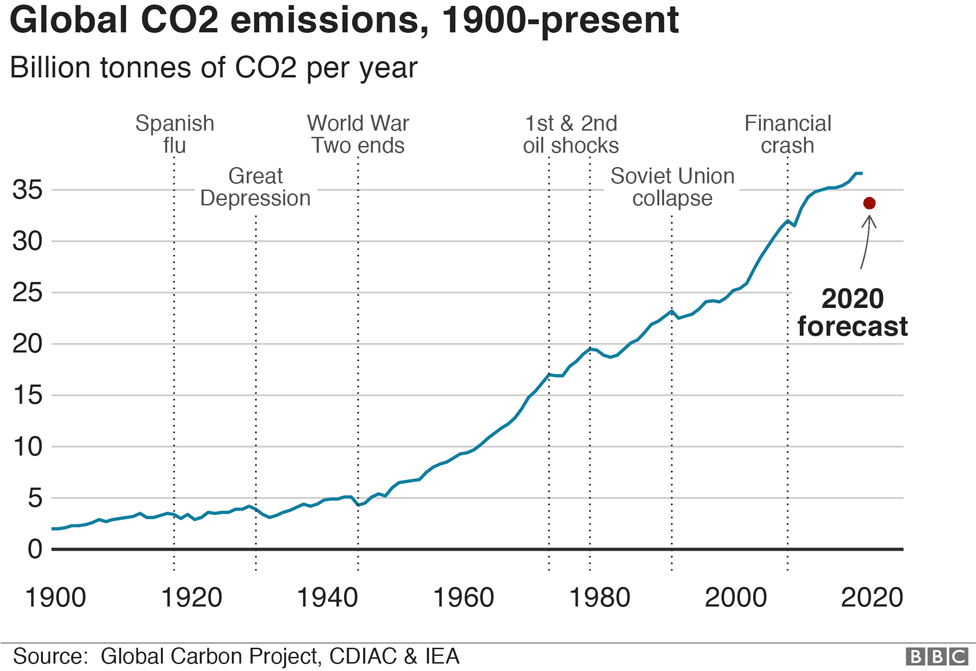



Climate Change And Coronavirus Five Charts About The Biggest Carbon Crash c News
Greenhouse Gas Emissions Must Be Reduced Rapidly to Avert the Climate Crisis The world is already facing the consequences from climate change If we are to avoid much more dangerous and costly impacts, current levels of greenhouse gas emissions must be slashed in half by 30 and reach netzero by midcentury The largest emissions sourcesGraph by NOAA Climategov based on data from NOAA ESRL According to the 19 AGGI report, the combined heating influence of the longlived, humanproduced greenhouse gases is 314 Watts for every square meter of Earth's surface Just over 80 percent of that is due to carbon dioxide (66%) and methane (16%)Greenhouse gas emissions from businesses and homes arise primarily from fossil fuels burned for heat, the use of certain products that contain greenhouse gases, and the handling of waste Excluded are shortcycle biomass burning (such as agricultural waste burning), largescale biomass burning (such as forest fires) and carbon emissions
This is a list of countries by total greenhouse gas (GHG) emissions per capita by year It provides data based on a productionbased accounting of emissions of carbon dioxide, methane, nitrous oxide, perfluorocarbon, hydrofluorocarbon, and sulfur hexafluoride (meaning emissions within the territory of the given country), compiled by the World Resources Institute and divided by the China now emits more than rest of developed world combined Chart China's emissions of greenhouse gases have more than tripled over the last three decades and now, for the first time, exceed US GHG Emissions (Inventory) The pie chart below shows total US emissions from the US Greenhouse Gas Inventory for 18 by sector Total US emissions in 18 were 6,677 Million Metric Tons CO 2 e The pie pieces colored in blue and purple represent the sectors that contain facilities reporting direct emissions to the Greenhouse Gas Reporting Program
• Total annual greenhouse gases emissions, including from landuse change, reached a record high of 535 GtCO 2e in 17, an increase of 07 GtCO 2e compared with 16 • In contrast, global GHG emissions in 30 need to be approximately 25 percent and 55 percent lower than in 17 to put the world on a leastcost pathway to limiting global Daily chart Greenhousegas emissions are set to rise fast in 21 and therefore greenhousegas emissions Indeed, global energyrelated carbon emissions fell byIt took ~240 years for the AGGI to go from 0 to 1, ie, to reach 100%, and 30 years for it to increase by another 47% In terms of CO 2 equivalents, the atmosphere in contained 504 ppm, of which 412 is CO 2 alone The rest comes from other




Climate Change Emissions Edge Up Despite Drop In Coal c News



Earthcharts Greenhouse Gas Emissions By Sector
Greenhouse Gas Emissions from the Energy Sector The next image shows CO 2 emissions from fossil fuel combustion by country In 15, China's share was 28 percent of the world's CO 2, while the US share was 15 percent The next closest country, India, emitted about 6 percent of the CO 2 Clearly, to bring down global emissions from the energy Assuming that the relative size of direct employment in the domestic US military industry is an indicator for the portion of the military industry in the US industrial economy, the share of US greenhouse gas emissions from USbased military industry is estimated to be about 15% of total US industrial greenhouse gas emissions" The world's countries emit vastly different amounts of heattrapping gases into the atmosphere The chart above and table below both show data compiled by the International Energy Agency, which estimates carbon dioxide (CO 2) emissions from the combustion of coal, natural gas, oil, and other fuels, including industrial waste and nonrenewable municipal waste
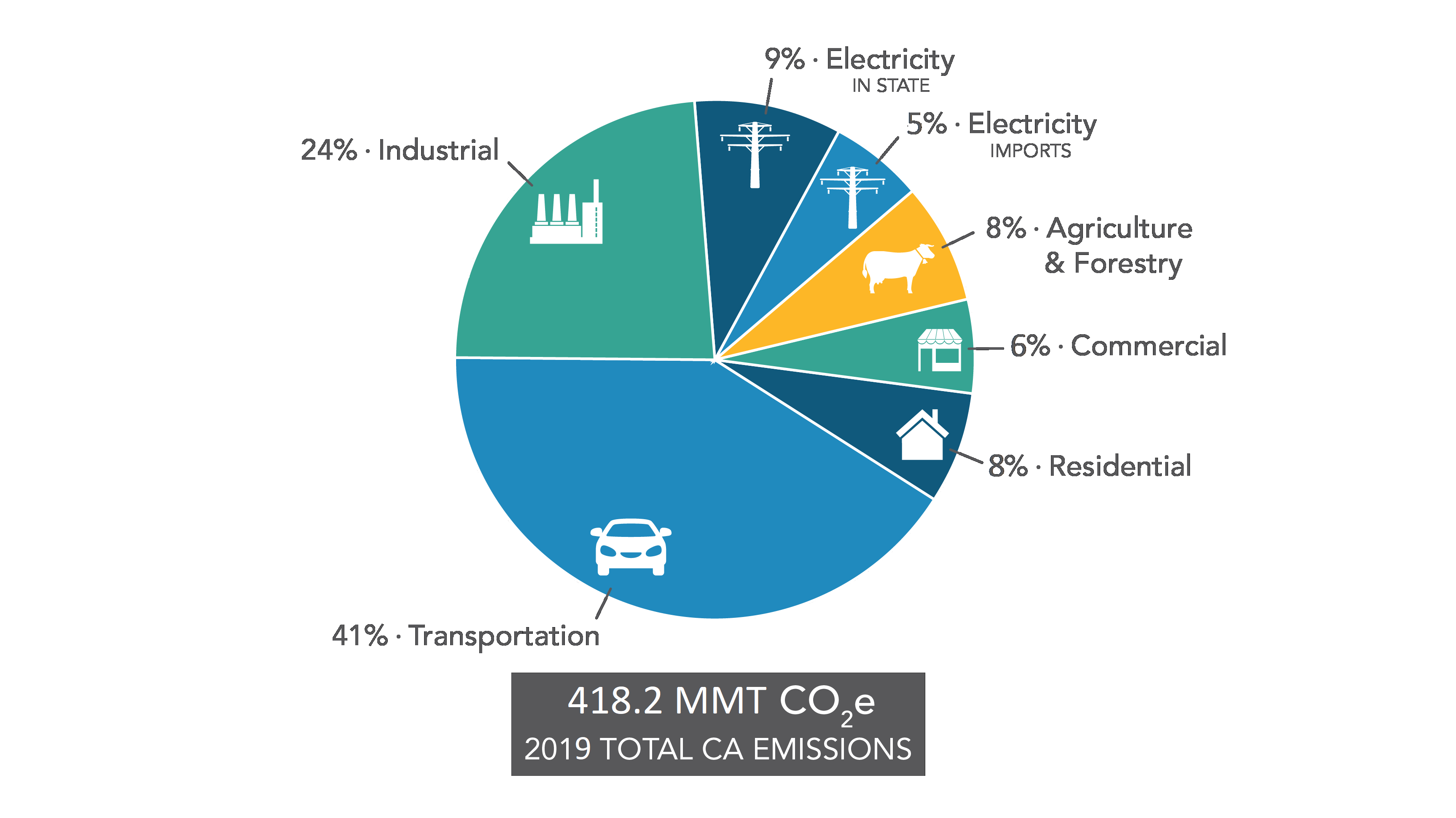



Ghg Emission Inventory Graphs California Air Resources Board



Chart Global Carbon Emissions Fall In Statista
In this post I present only one chart, but it is an important one – it shows the breakdown of global greenhouse gas emissions in 16 2 This is the latest breakdown of global emissions by sector, published by Climate Watch and the World Resources Institute 3, 4 The United States is a world leader in protecting the environment and reducing greenhouse gas emissions From 05 to 18, total US energyrelated CO2 emissions fell by 12% In contrast, global energyrelated emissions increased nearly 24% from 05 to 18 Annual trends are responsive to weather variability and economic conditions This chart offers a comprehensive view of global greenhouse gas (GHG) emissions It describes the sources and activities across the global economy that produce greenhouse gas emissions, as well as the type and volume of gases associated with each activity It is an updated version of the 05 chart
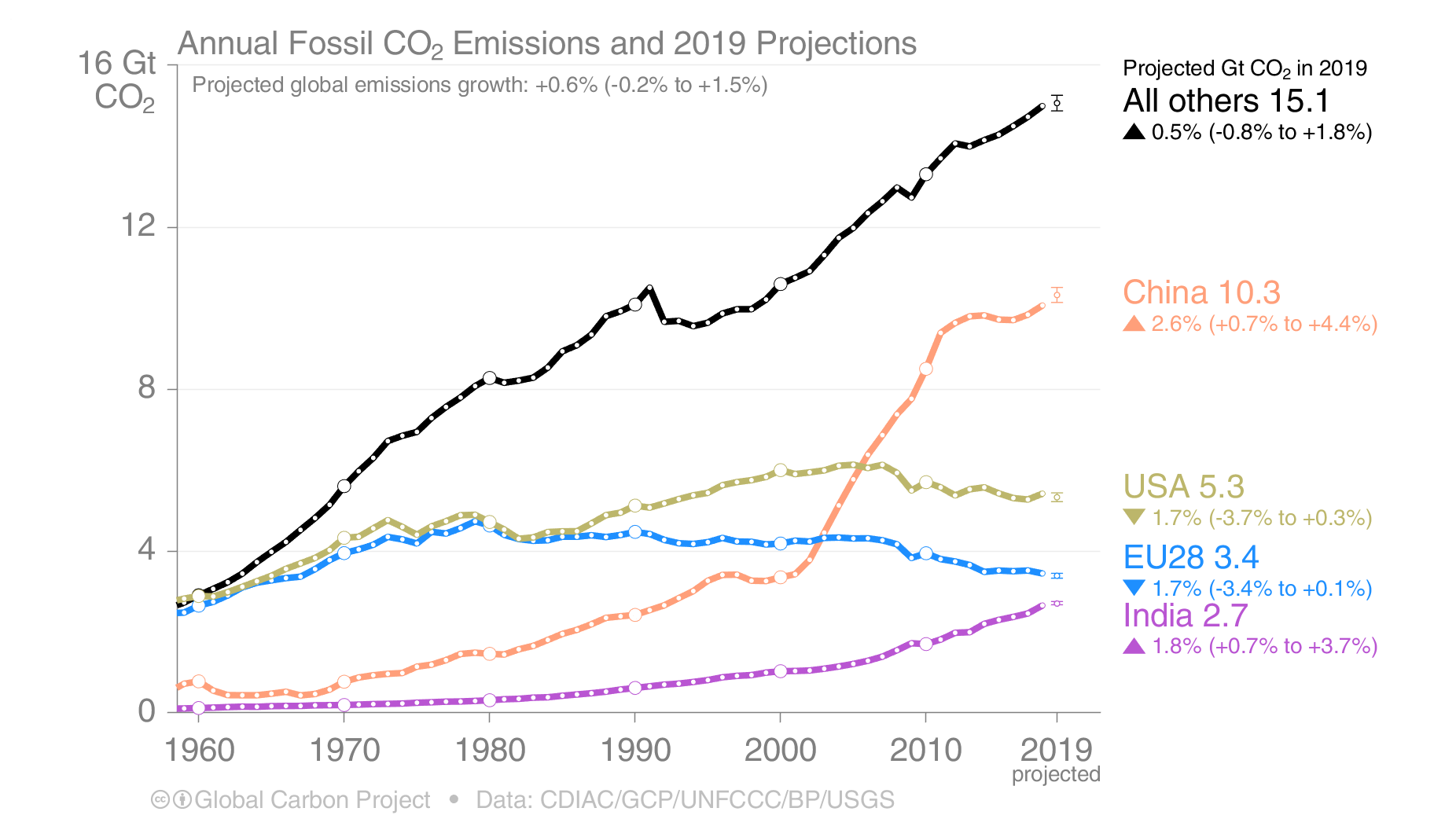



Here S How Much Global Carbon Emission Increased This Year Ars Technica




Chart Of The Day These Countries Have The Largest Carbon Footprints World Economic Forum
Greenhouse gases emissions in the EU and in the world The charts above list EU countries by total greenhouse gas (GHG) emissions in 17 and the infographic below shows the world's top greenhouse gas emitters in 15 The EU is the third biggest emitter behind China and the United State and followed by India and Russia Most of the world's greenhouse gas emissions come from a relatively small number of countries China, the United States, and the nations that make up the European Union are the three largest emitters on an absolute basis Per capita greenhouse gas emissions are highest in the United States and RussiaThe AGGI in was 147, which means that we've turned up the warming influence from greenhouse gases by 47% since 1990;
/cdn.vox-cdn.com/assets/4250823/ecofys-world-ghg-emissions-flowchart.png)



Where Do Greenhouse Gas Emissions Come From Vox



Global Greenhouse Gas Emissions By Country And Sector Used Cait As Data Source Climatechange
The most recent Massachusetts Greenhouse Gas (GHG) Inventory shows that GHG emissions in 17 were 224% below the 1990 baseline level, on track to meet the 25% reduction by required by the Global Warming Solutions Act (GWSA) Massachusetts' success in reducing GHG emission comes despite a 14% growth in population and 24% growth in vehicle miles traveledThe United States produced 66 billion metric tons of carbon dioxide equivalent greenhouse gas (GHG) emissions in 19, the second largest in the world after greenhouse gas emissions by China and among the countries with the highest greenhouse gas emissions per personIn 19 China is estimated to have emitted 27% of world GhG, followed by the United States with 11%, Global CO 2 emissions from coal use declined by almost 0 million tonnes (Mt), or 13%, from 18 levels, offsetting increases in emissions from oil and natural gas Advanced economies saw their emissions decline by over 370 Mt (or 32%), with the power sector responsible for 85% of the drop Milder weather in many large economies compared with 18




Co2 Emissions Our World In Data
/cdn.vox-cdn.com/uploads/chorus_asset/file/16185122/gw_graphic_pie_chart_co2_emissions_by_country_2015.png)



Climate Change Animation Shows Us Leading The World In Carbon Emissions Vox
187 rows This is a list of countries by total greenhouse gas (GHG) annual emissions in 16 It isIn this chart we see the growth of global emissions from the mid18th century through to today We see that prior to the Industrial Revolution, emissions were very low Growth in emissions was still relatively slow until the midth century In 1950 the world emitted 6 billion tonnes of CO2 The distribution of global greenhouse gas emissions has reached an inflection point China's emissions exceeded developed nations combined in 19, a new Rhodium Group analysis concludes Why it matters "The shifting dynamics of global emissions — with China surpassing the developed world for the first time — means that meeting the Paris goals will




A Big Picture Look At Greenhouse Gas Ghg Emissions Earthshift Global




Climate Accountability Institute
A pie chart of greenhouse gas emissions The following program depicts the emissions of greenhouse gases by mass of "carbon equivalent" Data from the 07 IPCC report, 07 Climate Change 07 Synthesis Report Contribution of Working Groups I, II and III to the Fourth Assessment Report of the Intergovernmental Panel on Climate Change Core 1 Greenhouse Gas Emissions Overview 11 Total emissions Total US anthropogenic (humancaused) greenhouse gas emissions in 09 were 58 percent below the 08 total ()The decline in total emissions—from 6,9 million metric tons carbon dioxide equivalent (MMTCO 2 e) in 08 to 6,576 MMTCO 2 e in 09—was the largest since emissions And, as the following chart shows, they've risen dramatically since the turn of the last century The world saw 361 billion tonnes of CO2 emissions in 18 Image Nature/Global Carbon Project Consider China Despite worldleading investments in renewable energy, its greenhouse gas emissions are still on the rise
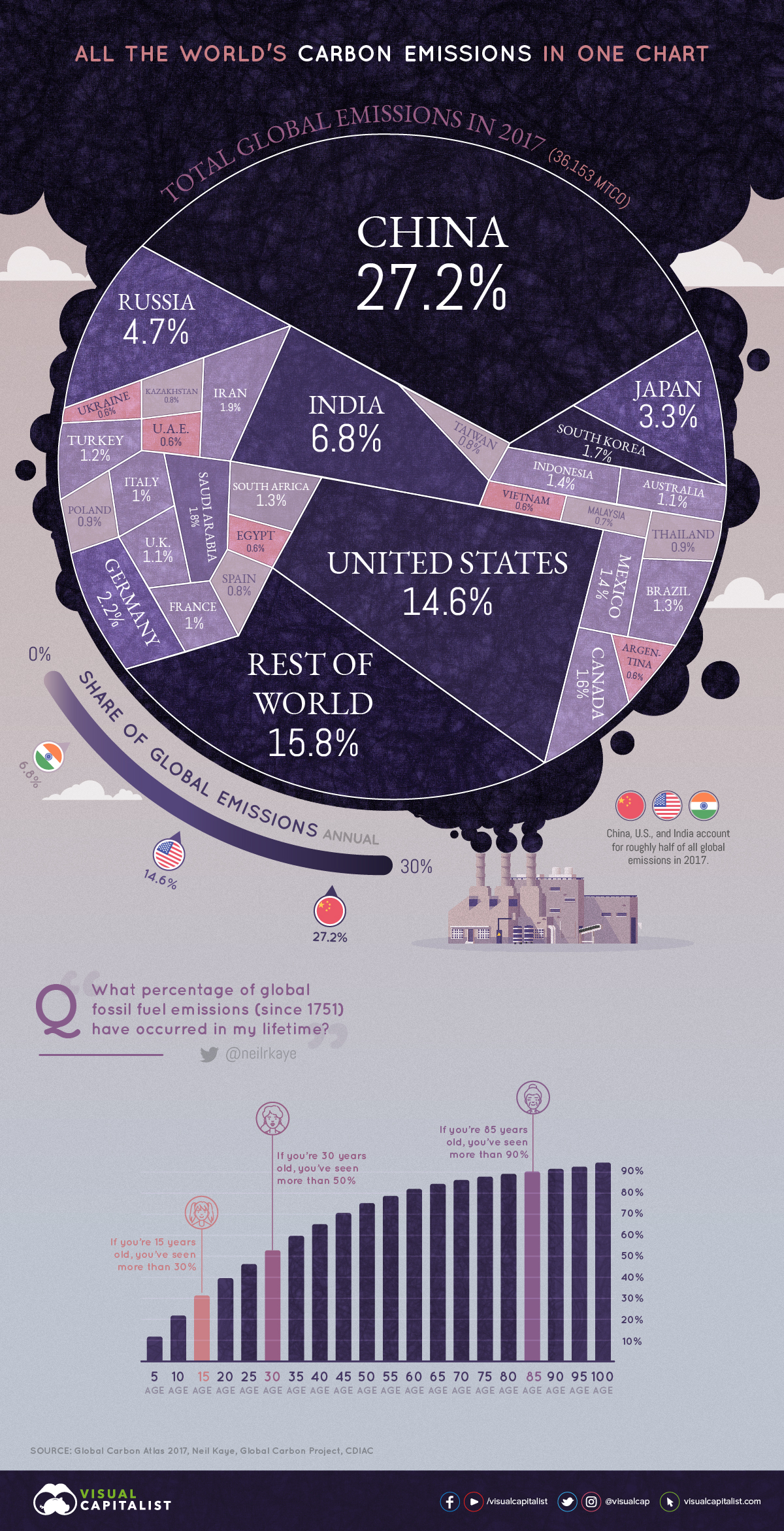



All Of The World S Carbon Emissions In One Giant Chart
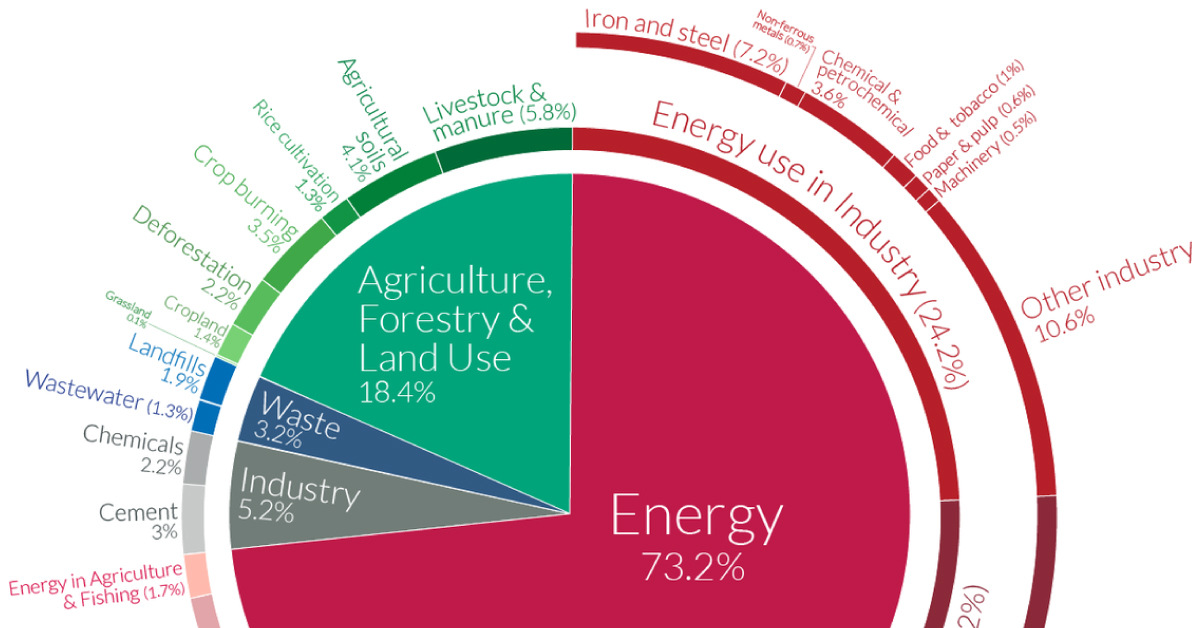



A Global Breakdown Of Greenhouse Gas Emissions By Sector
Description Annual world greenhouse gas emissions, in 05, by sectorsvg English This pie chart shows annual world greenhouse gas emissions, in 05, by sector Emissions are measured as a percentage of total world carbon dioxide equivalent emissions Electricity and heat, 249% Industry, 147% Transportation, 143%Even though some countries produce more greenhouse gases than others, emissions from every country contribute to the problem That's one reason why climate change requires global action The graph below shows how the world's total greenhouse gas emissions are continuing to increase every year All of the World's Greenhouse Gas Emissions in One Awesome Interactive Pie Chart By Margaret Badore Senior Editor Columbia




The World Is Far From Hitting Its Target For Carbon Emissions The Economist




Global Greenhouse Gas Emissions By Sector Download Scientific Diagram
Global Greenhouse Gas Emissions by Gas, 1990–10 This figure shows worldwide emissions of carbon dioxide, methane, nitrous oxide, and several fluorinated gases from 1990 to 10 For consistency, emissions are expressed in million metric tons of carbon dioxide equivalents These totals include emissions and sinks due to landuse change and forestry Severstal's specific greenhouse gas emissions are measured in accordance with the methodology of the World Steel Association (Worldsteel) and ISO standards Relevant CO2 emissions are included in the calculation of the steel production intensity indicator (scopes 13)The breakdown of CO 2 emissions mirrors total greenhouse gas emissions closely The distribution of methane emissions across sectors is notably different This chart shows methane emissions by sector, measured in tonnes of carbon dioxide equivalents We see that, globally, agriculture is the largest contributor to methane emissions




After A Century Of Growth Have Carbon Emissions Reached Their Peak Grist




Climate Change And Coronavirus Five Charts About The Biggest Carbon Crash c News
Transportation (14% of 10 global greenhouse gas emissions) Greenhouse gas emissions from this sector primarily involve fossil fuels burned for road, rail, air, and marine transportation Almost all (95%) of the world's transportation energy comes from petroleumbased fuels, largely gasoline and dieselYou are About to View Greenhouse Gas (GHG) Emissions Data from Large Facilities Important Information about this Data Set This data set does not reflect total US GHG emissions The data was reported to EPA by facilities as ofGreenhouse gas emissions are greenhouse gases vented to the Earth's atmosphere because of humans the greenhouse effect of their 50 billion tons a year causes climate changeMost is carbon dioxide from burning fossil fuels coal, oil and natural gasThe largest polluters include coal in China and large oil and gas companies, many stateowned by OPEC and Russia
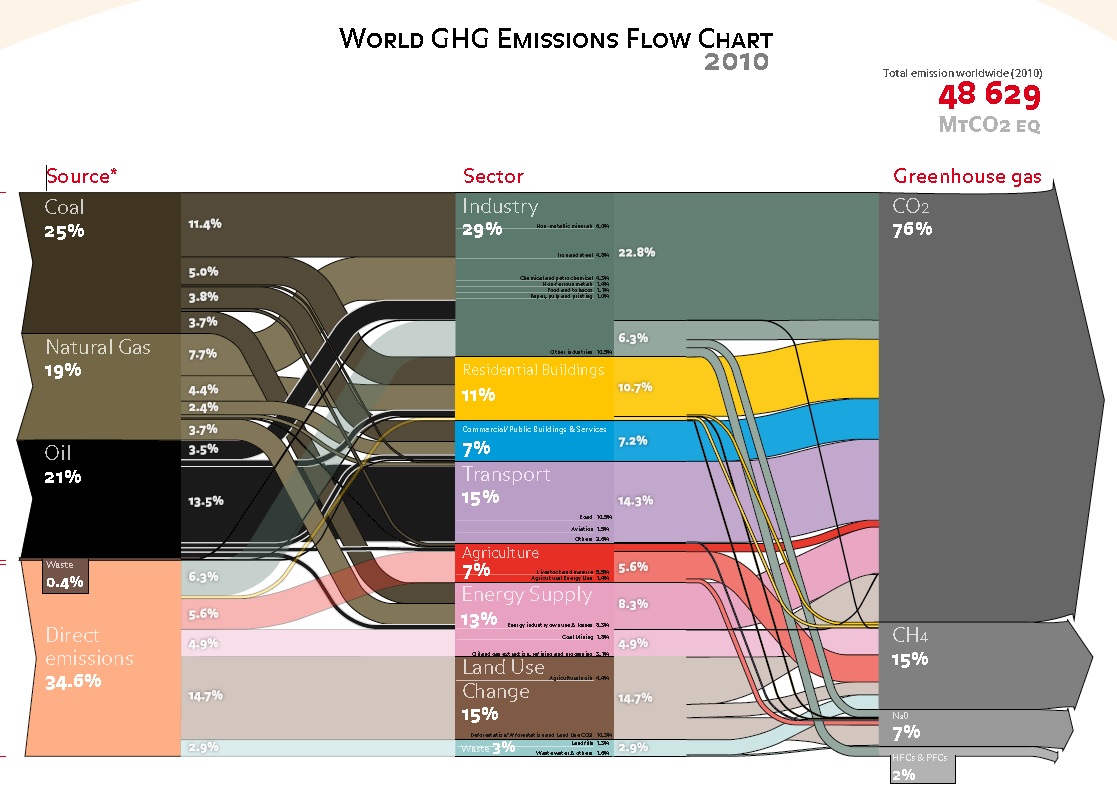



Greenhouse Gases Where They Really Come From Infographic
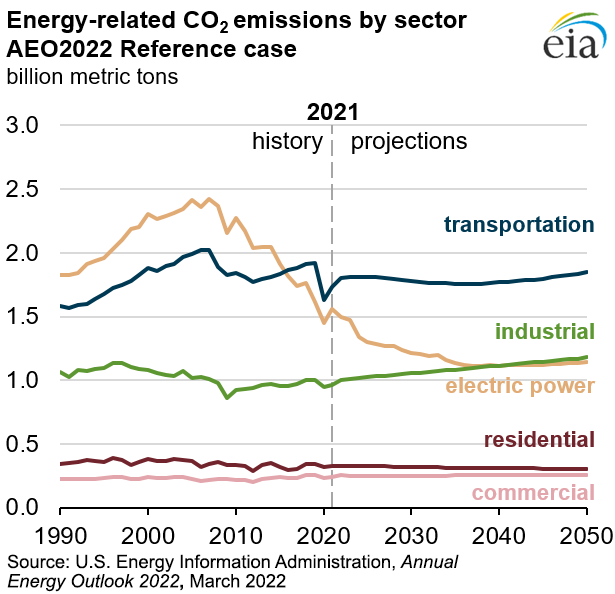



Outlook For Future Emissions U S Energy Information Administration Eia
The decision by a district court in the Hague is the first ruling that compels a company to reduce greenhouse gas emissions, which scientists say are pushing global temperatures higher and causing a wide range of catastrophic consequences The court ruled that Royal Dutch Shell must cut its carbon emissions 45 percent by 30 from 19 levels The majority of greenhouse gas emissions from US household transportation are created domestically, as measured in megatons of carbon dioxide equivalent Chart by The Conversation, CCBYNDGlobal GHG emissions from energy use and production far outweigh emissions from other activities The industrial processes, agriculture, landuse change and forestry, and waste management sectors together account for 37 percent of all global GHG emissions in the accompanying pie chart
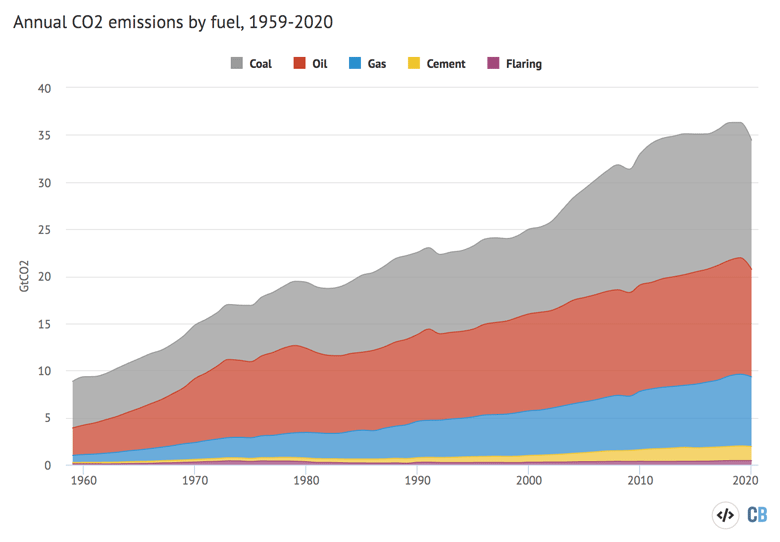



Global Carbon Project Coronavirus Causes Record Fall In Fossil Fuel Emissions In Carbon Brief



3
Greenhouse gas emissions have already peaked, and are continuing to fall, in 30 major cities including New York, London and Paris Austin, Athens, Lisbon and Venice are the latest places to hit that milestone in the fight against climate change, according to analysis from C40, a coalition of 94 large and influential cities around the worldGlobal CO 2 emissions were over 5% lower in Q1 than in Q1 19, mainly due to a 8% decline in emissions from coal, 45% from oil and 23% from natural gas CO 2 emissions fell more than energy demand, as the most carbonintensive fuels experienced the largest declines in demand during Q1Global atmospheric carbon dioxide was 4098 ± 01 ppm in 19, a new record high That is an increase of 25 ± 01 ppm from 18, the same as the increase between 17 and 18 In the 1960s, the global growth rate of atmospheric carbon dioxide was roughly 06 ± 01 ppm per year Between 0918, however, the growth rate has been 23 ppm per




Indicator Greenhouse Gas Emissions Umweltbundesamt
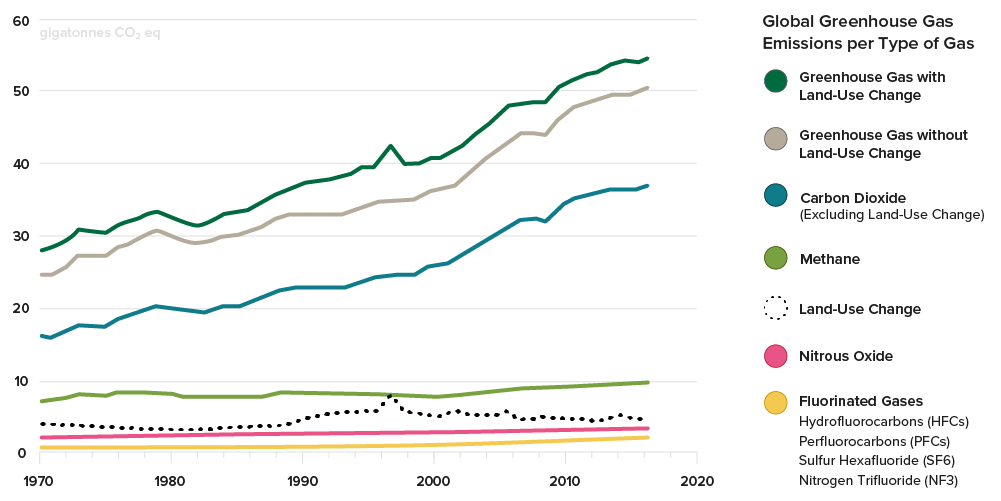



Carbon Emissions Forestry Carbon Credits The Arbor Day Foundation
Carbon dioxide (CO 2) makes up the vast majority of greenhouse gas emissions from the sector, but smaller amounts of methane (CH 4) and nitrous oxide (N 2 O) are also emitted These gases are released during the combustion of fossil fuels, such as coal, oil, and natural gas, to produce electricityHuman emissions of carbon dioxide and other greenhouse gases – are a primary driver of climate change – and present one of the world's most pressing challenges 1 This link between global temperatures and greenhouse gas concentrations – especially CO 2 – has been true throughout Earth's history 2 To set the scene, let's look at how the planet has warmed
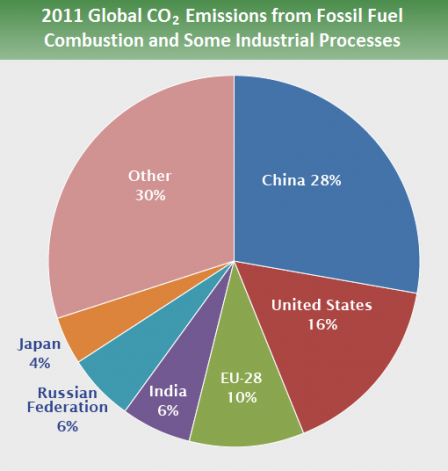



Global Greenhouse Gas Emissions Data Greenhouse Gas Ghg Emissions Us Epa




Dr Robert Rohde Greenhouse Gas Emissions Per Person By Country For The Year 16



Co And Greenhouse Gas Emissions Our World In Data
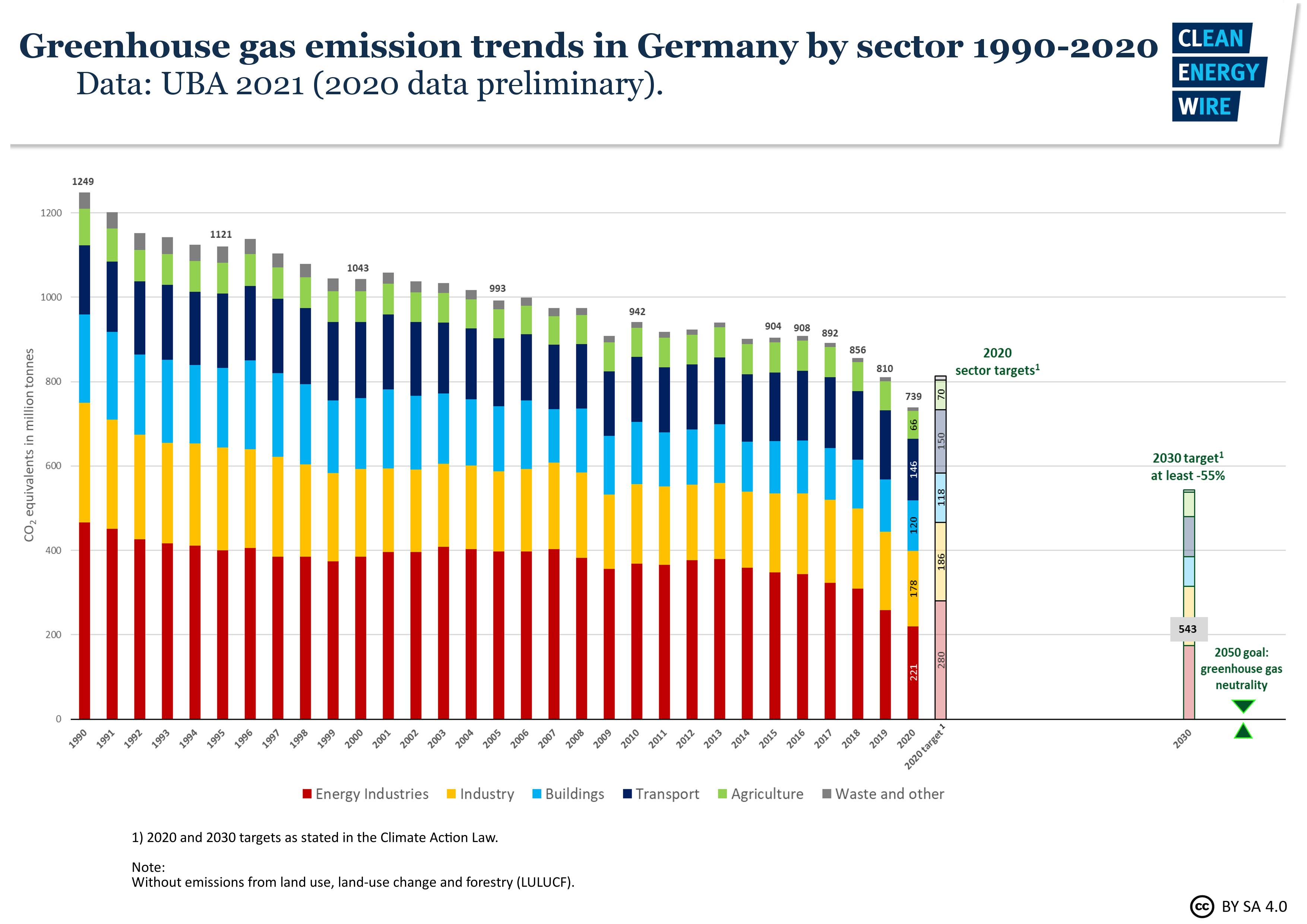



Germany Sees Record Greenhouse Gas Emission Fall Due To Pandemic Renewables Clean Energy Wire




Study Shows Hydropower S Greenhouse Gas Footprint
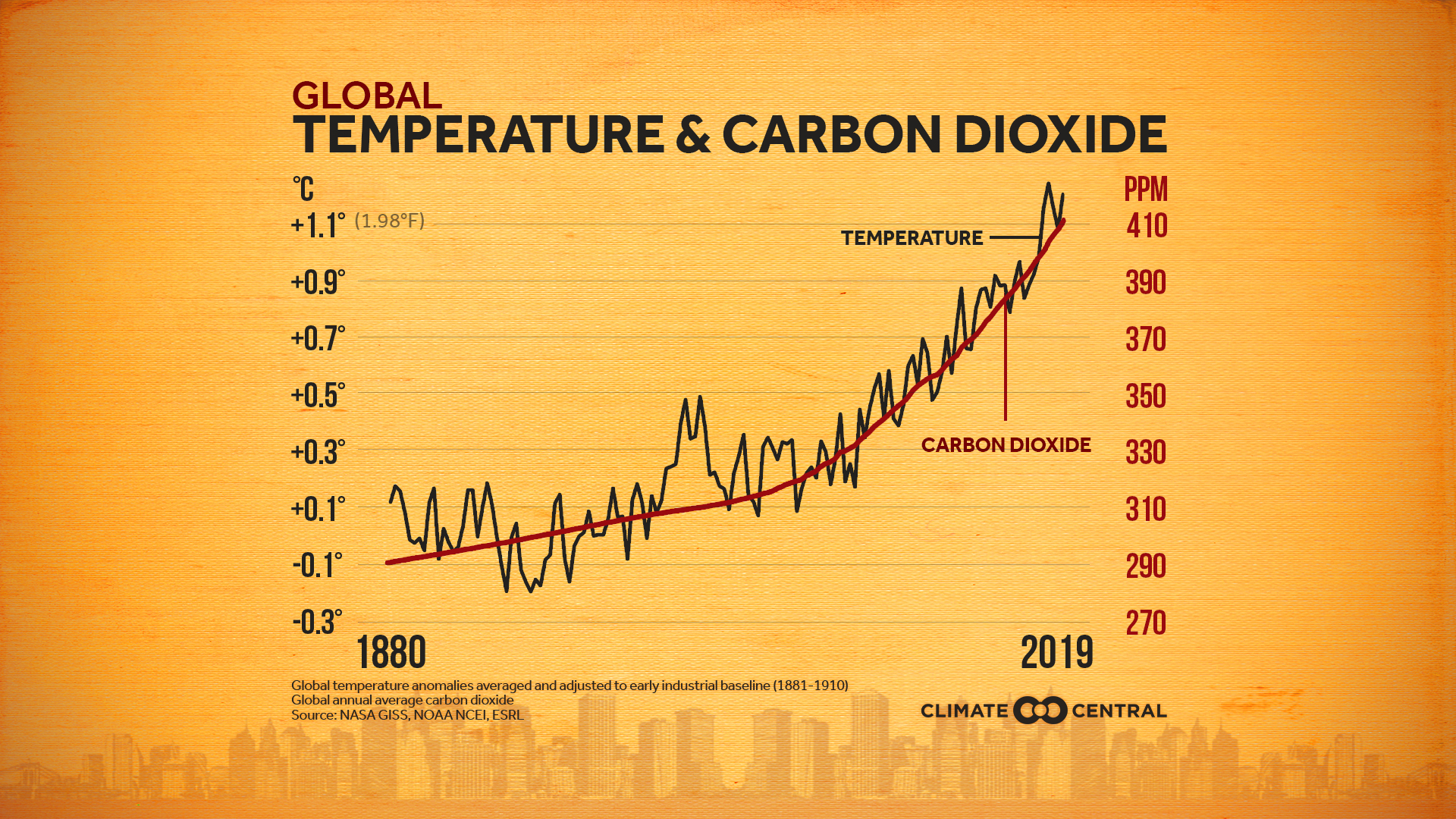



Emissions Sources Climate Central




All The World S Greenhouse Gas Emissions In One Interactive Chart



Cait Climate Data Explorer
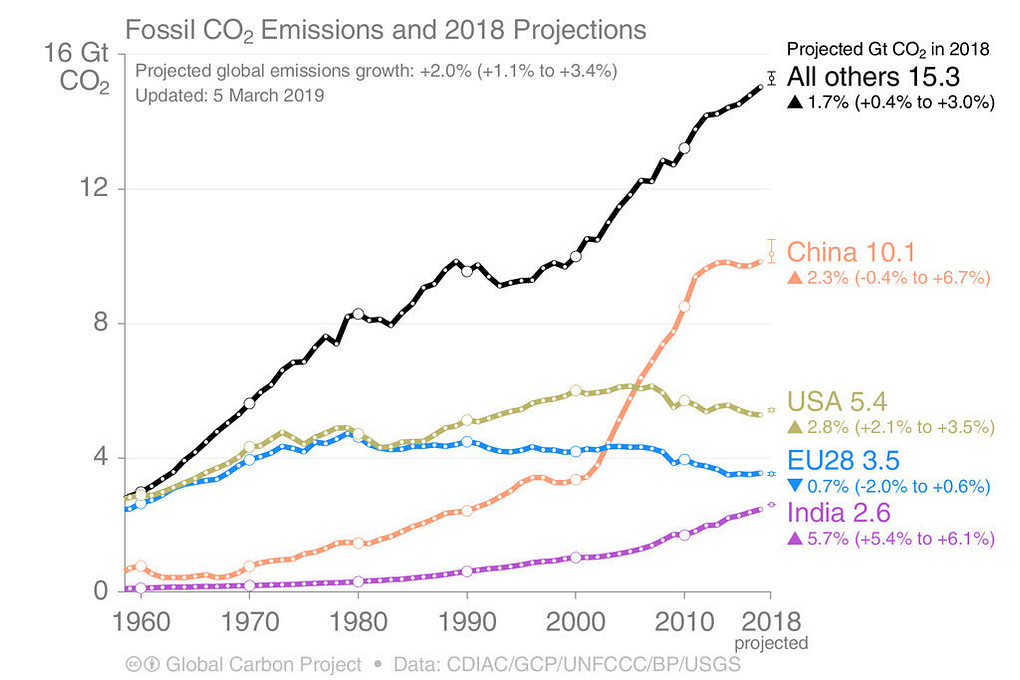



Leaders In Greenhouse Gas Emissions Mr Green




5 Charts Show How Your Household Drives Up Global Greenhouse Gas Emissions Pbs Newshour Weekend



Www Ipcc Ch Site Assets Uploads 18 12 Unep 1 Pdf




Future Climate Projections Five Graphs From Three Reports Carbon Brief
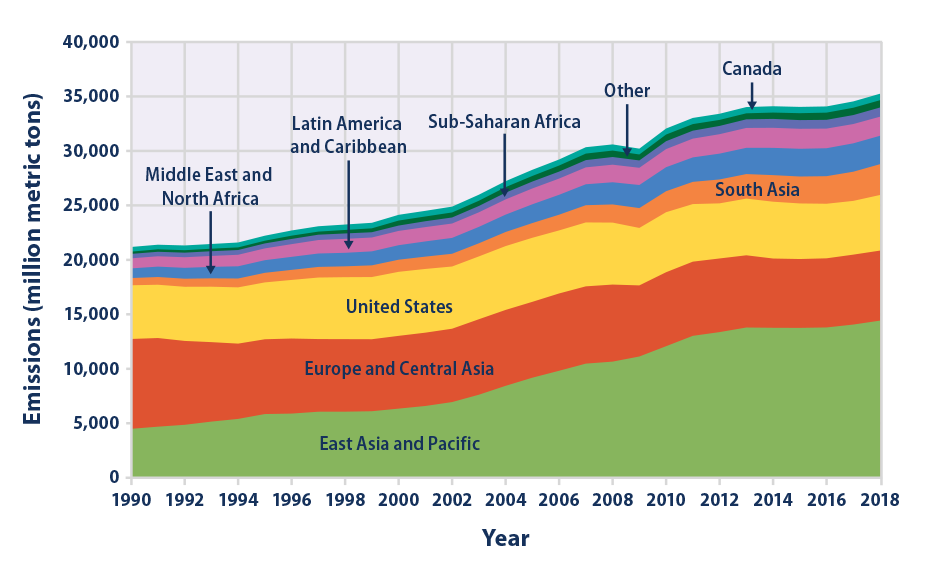



W Edyfjigr0fxm




More Than Half Of All Co2 Emissions Since 1751 Emitted In The Last 30 Years




U S Emissions Dropped In 19 Here S Why In 6 Charts Inside Climate News
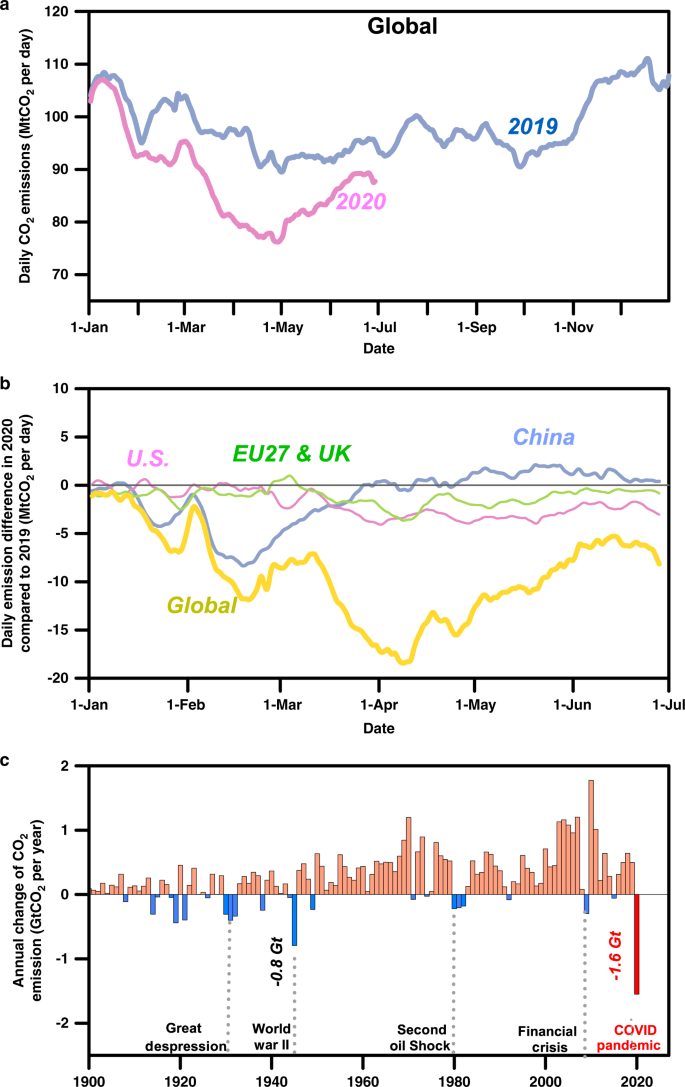



Near Real Time Monitoring Of Global Co 2 Emissions Reveals The Effects Of The Covid 19 Pandemic Nature Communications




Greenhouse Gas Emissions Are Set To Rise Fast In 21 The Economist
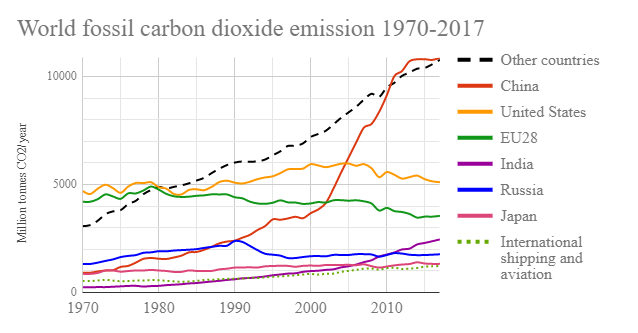



Greenhouse Gas Emissions From The Energy Sector Geog 438w Human Dimensions Of Global Warming




World Greenhouse Gas Emissions In 08 Download Scientific Diagram




Dino Cevolatti Updated Information On The World S Greenhouse Gas Emissions
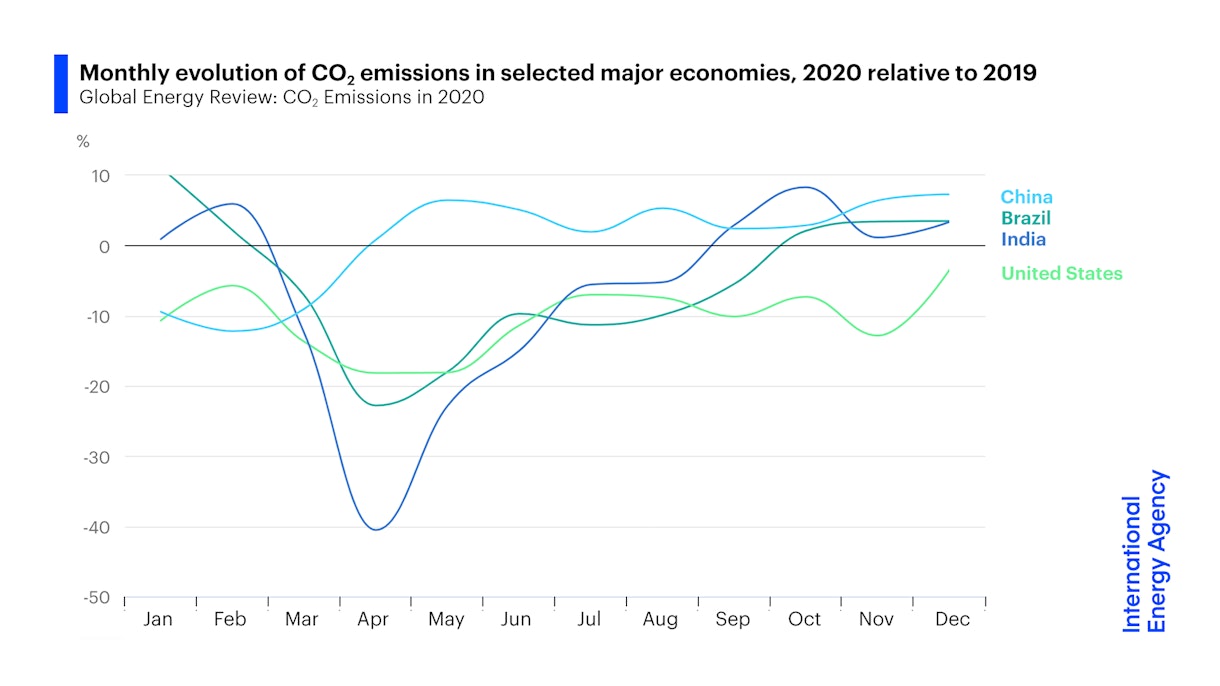



After Steep Drop In Early Global Carbon Dioxide Emissions Have Rebounded Strongly News Iea
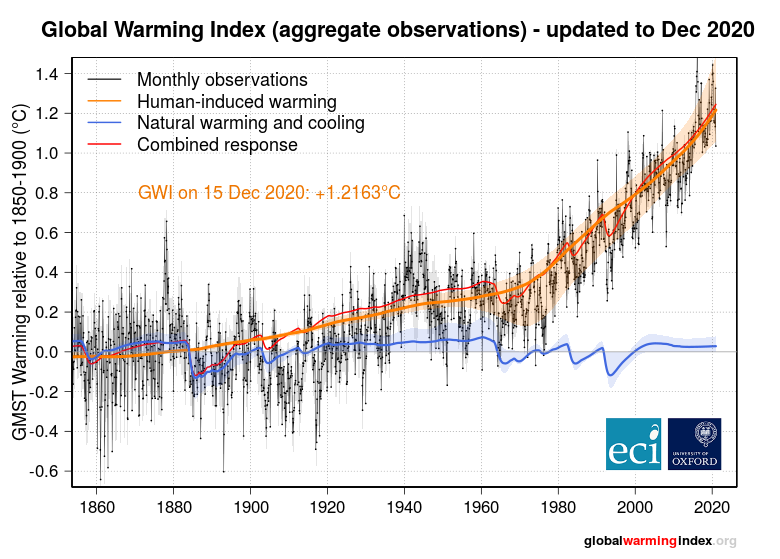



Globalwarmingindex Org Tracking Progress To A Safe Climate
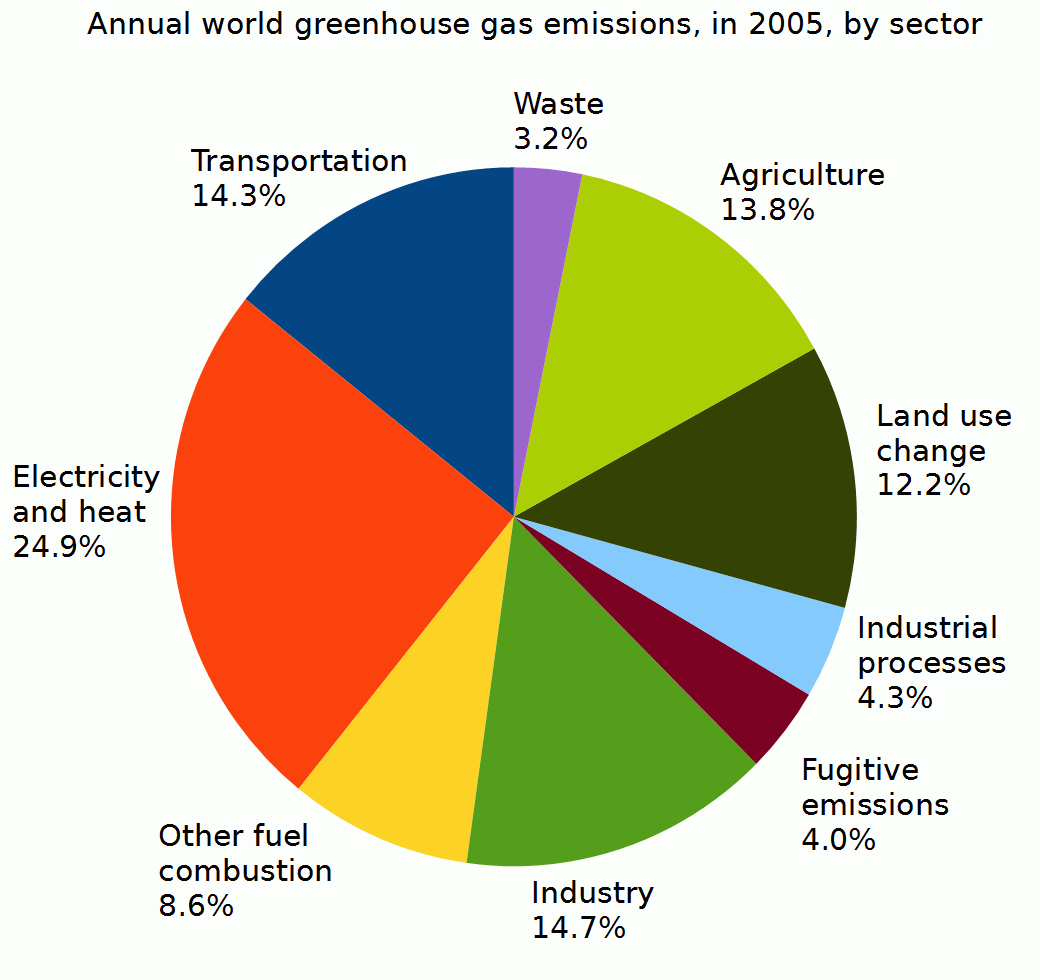



File Annual World Greenhouse Gas Emissions In 05 By Sector Png Wikimedia Commons
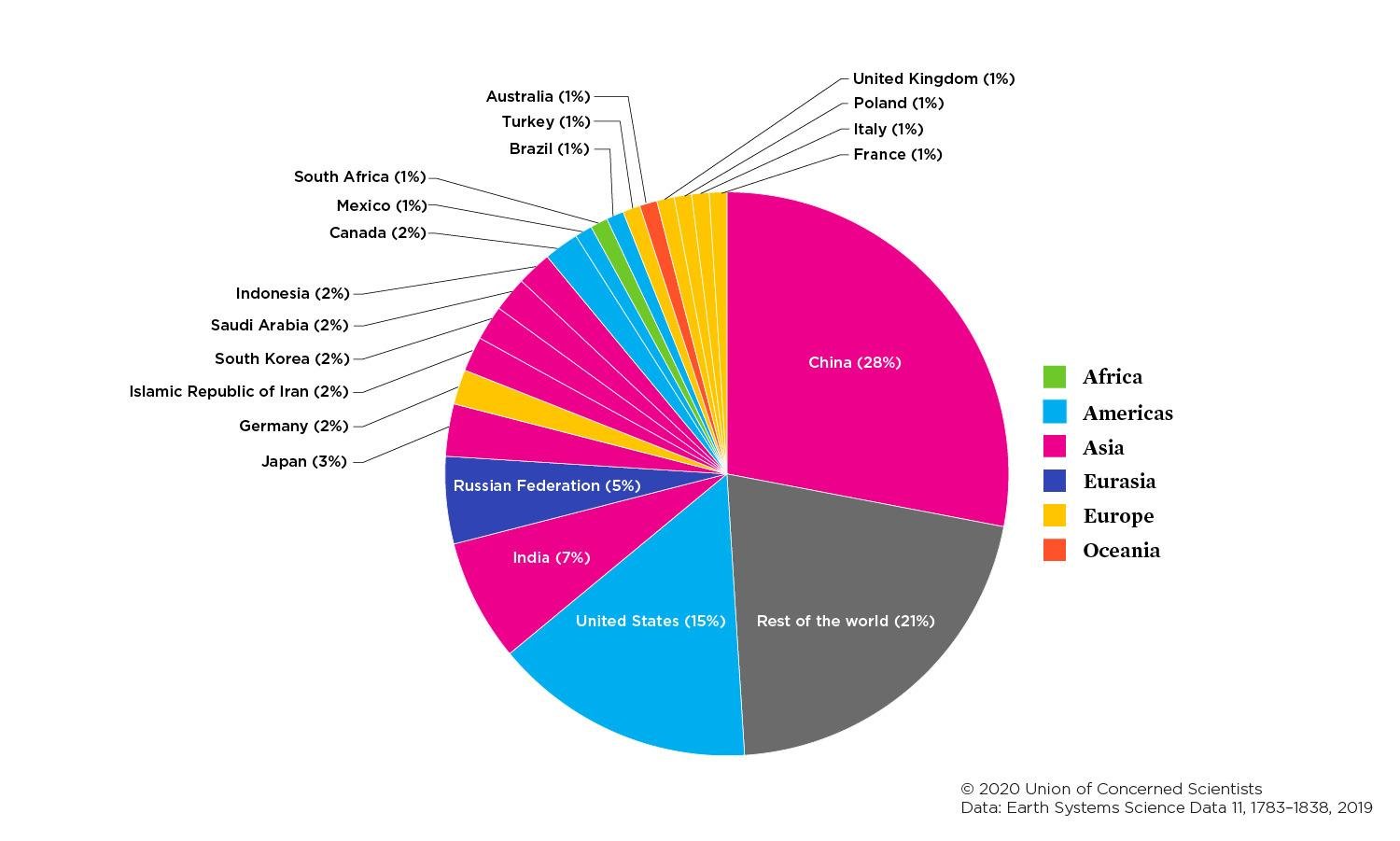



Each Country S Share Of Co2 Emissions Union Of Concerned Scientists




World Ghg Green House Gasses Emissions Flow Chart Blog About Infographics And Data Visualization Ghg Emissions Greenhouse Gas Emissions Greenhouse Gases
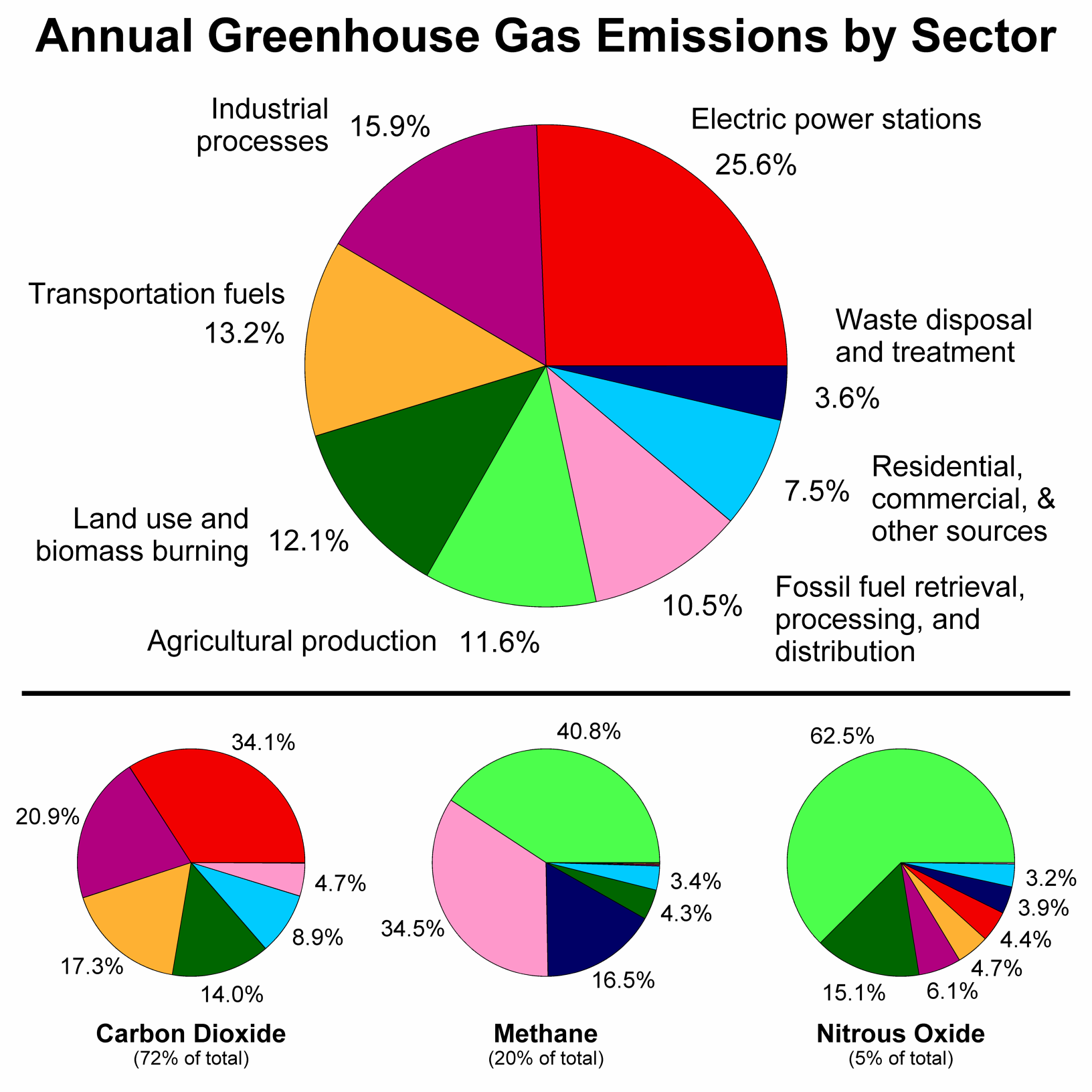



File Greenhouse Gas By Sector Png Wikimedia Commons




Greenhouse Gas Emissions By Country And Sector Infographic News European Parliament
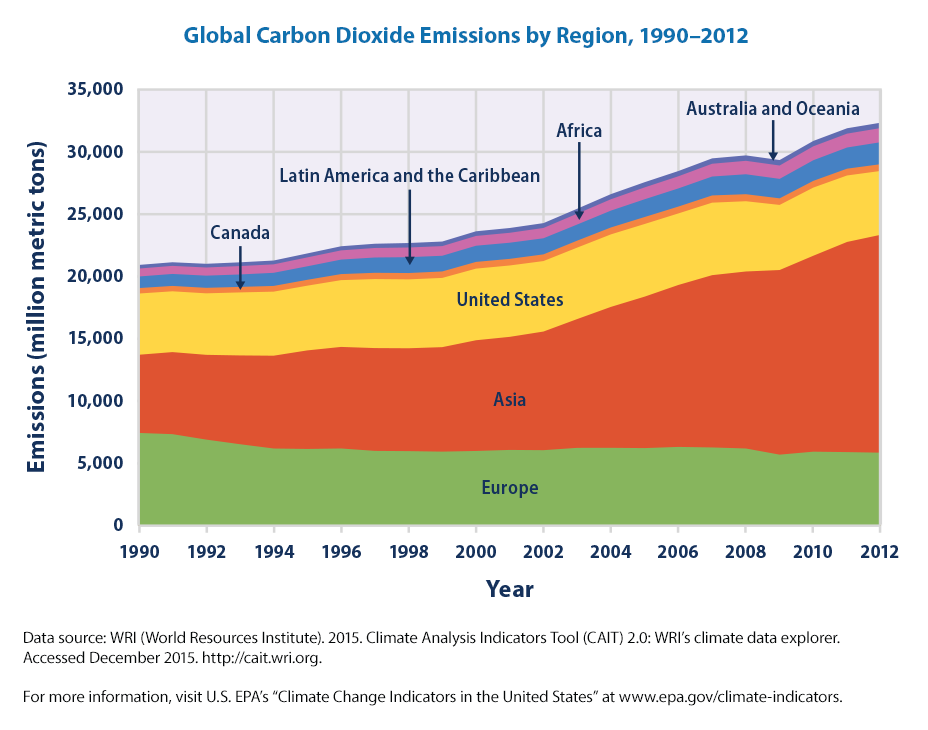



Climate Change Indicators Global Greenhouse Gas Emissions Climate Change Indicators In The United States Us Epa



Greenhouse Gas Emissions Factsheet Angola World Bank Group



Co2 Emissions Our World In Data
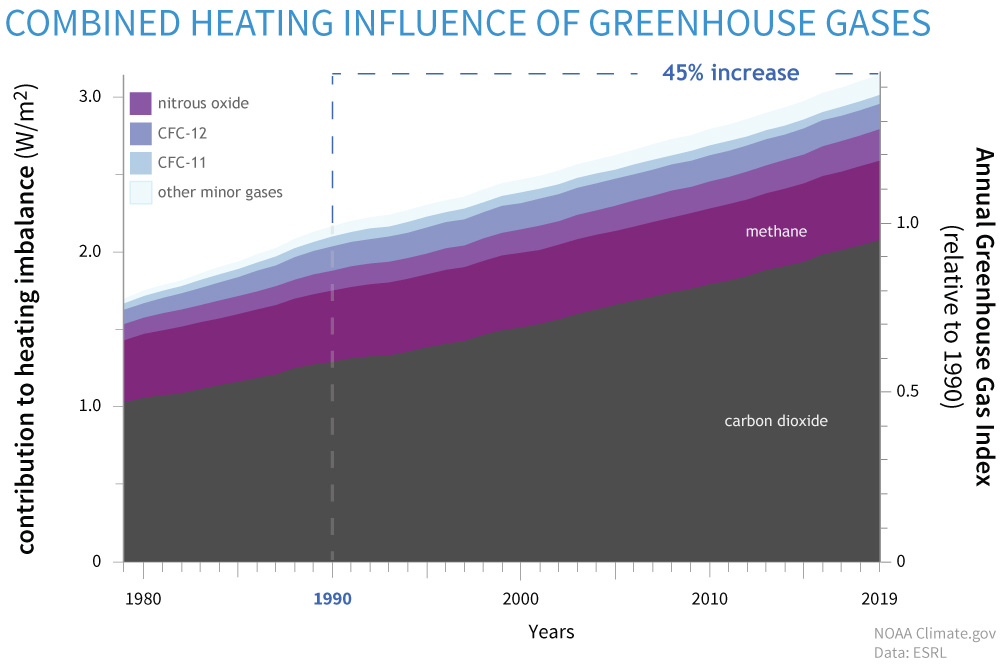



Climate Change Annual Greenhouse Gas Index Noaa Climate Gov
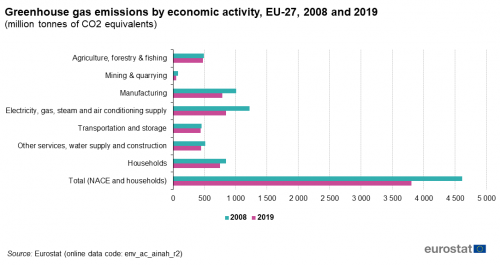



Greenhouse Gas Emission Statistics Air Emissions Accounts Statistics Explained




Greenhouse Gas Emissions Per Capita And Per Unit Of Gdp In Purchasing Power Standards In 08 European Environment Agency




Climate Change Indicators Global Greenhouse Gas Emissions Climate Change Indicators In The United States Us Epa
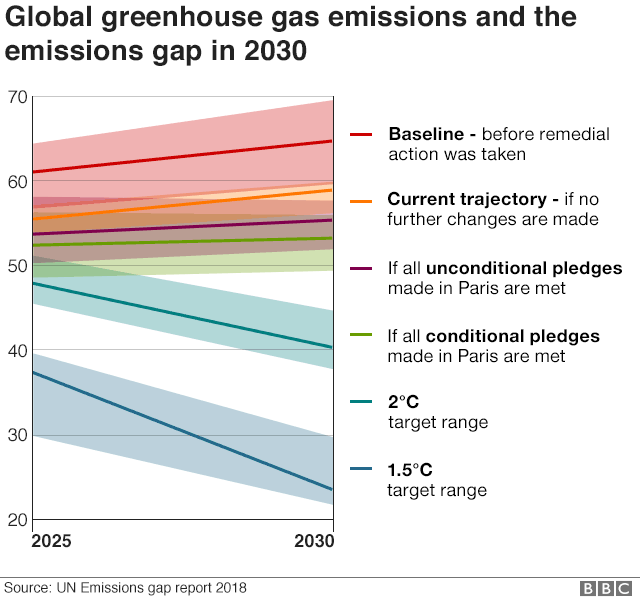



Climate Change Co2 Emissions Rising For First Time In Four Years c News



Emissions By Sector Our World In Data




Global Emissions Center For Climate And Energy Solutions




Global Fossil Fuel Carbon Emissions Graphics




Global Greenhouse Gas Emissions In The Unmitigated Reference Download Scientific Diagram



Chart The Carbon Age 150 Years Of Co2 Emissions Statista
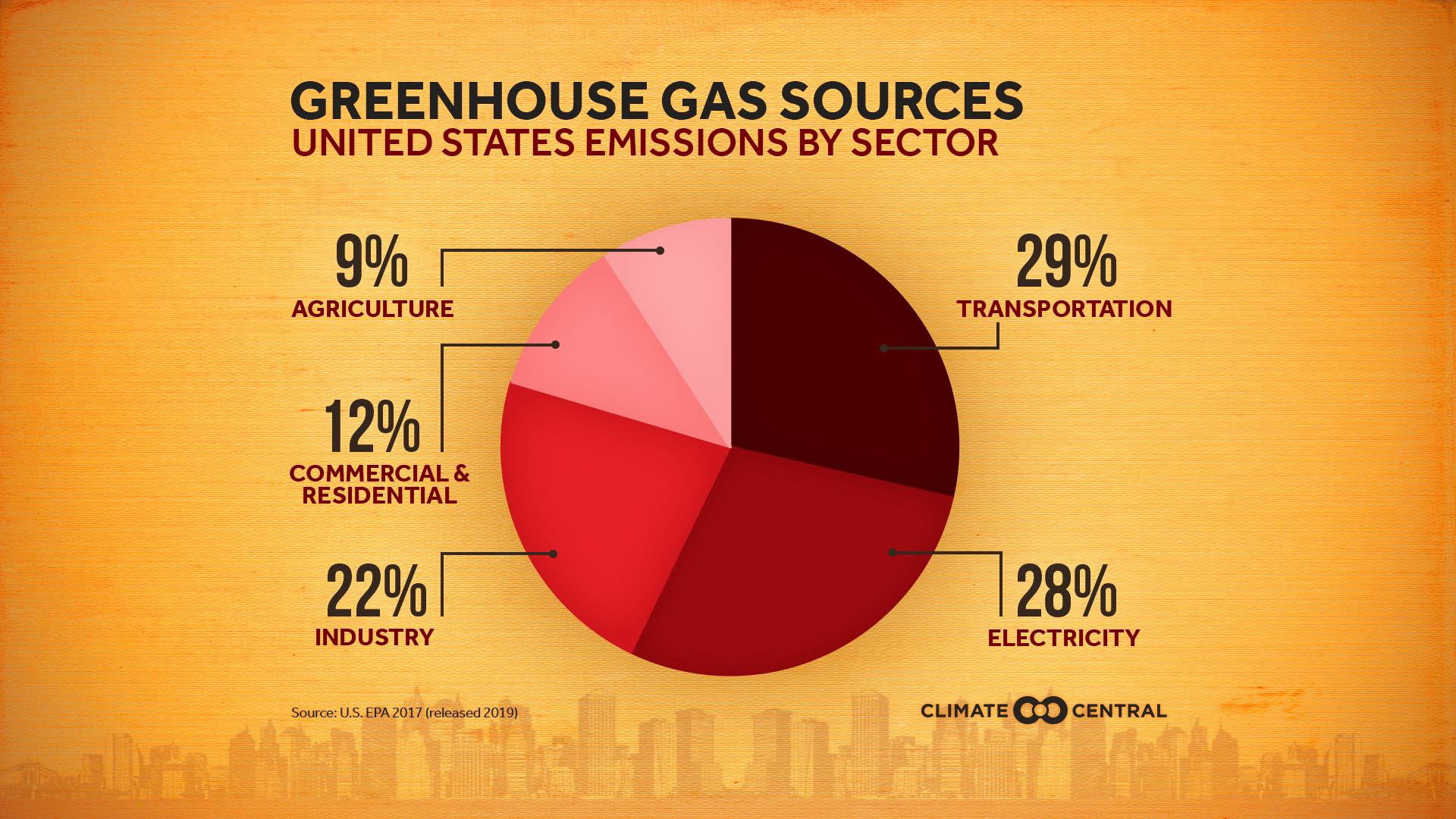



Emissions Sources Climate Central




Global Emissions Center For Climate And Energy Solutions




Soubor Global Emissions Country 14 Png Wikipedie
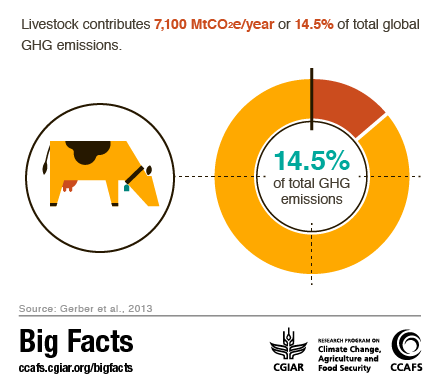



Food Emissions Big Facts
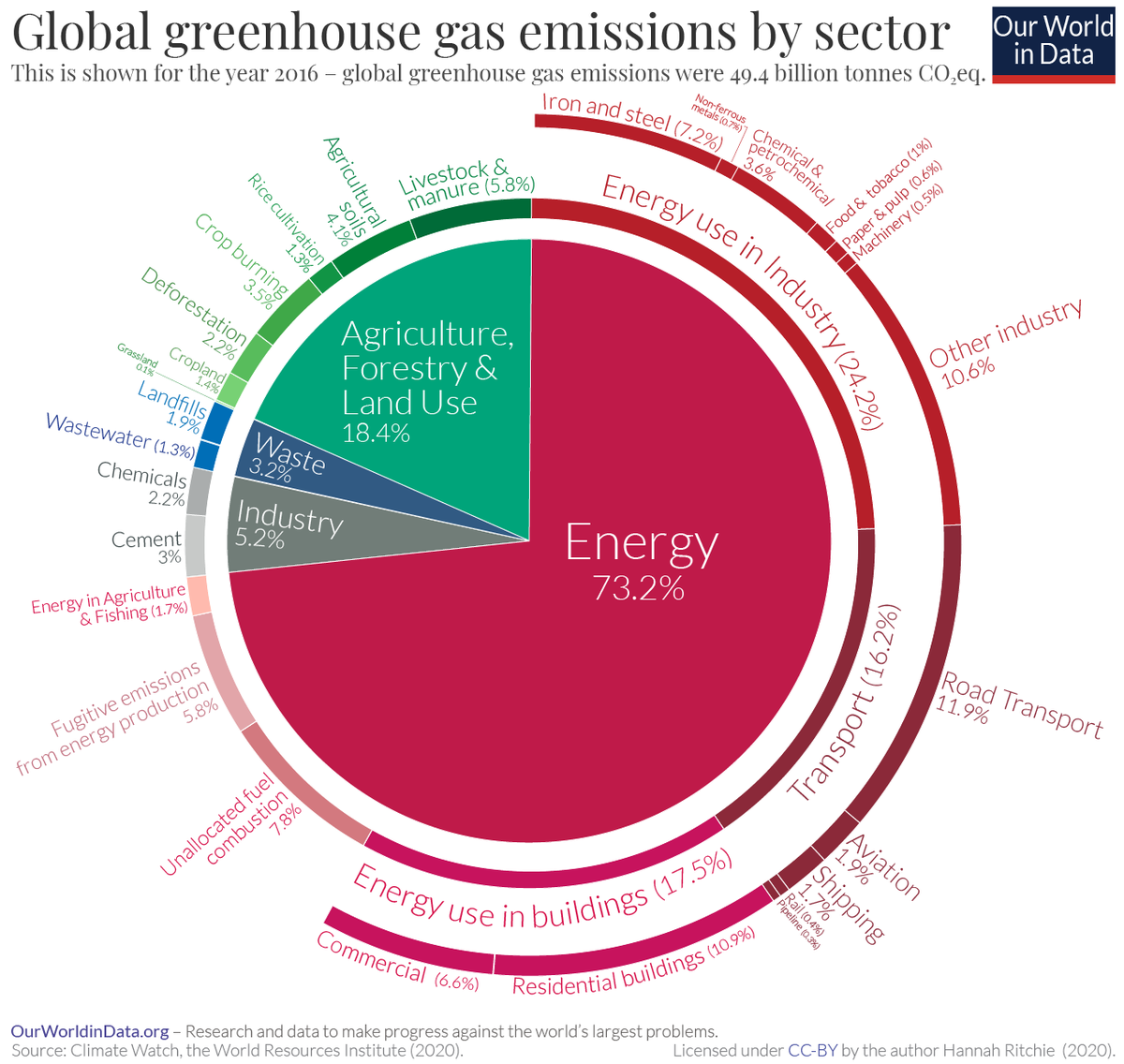



A Global Breakdown Of Greenhouse Gas Emissions By Sector




Global Emissions Center For Climate And Energy Solutions
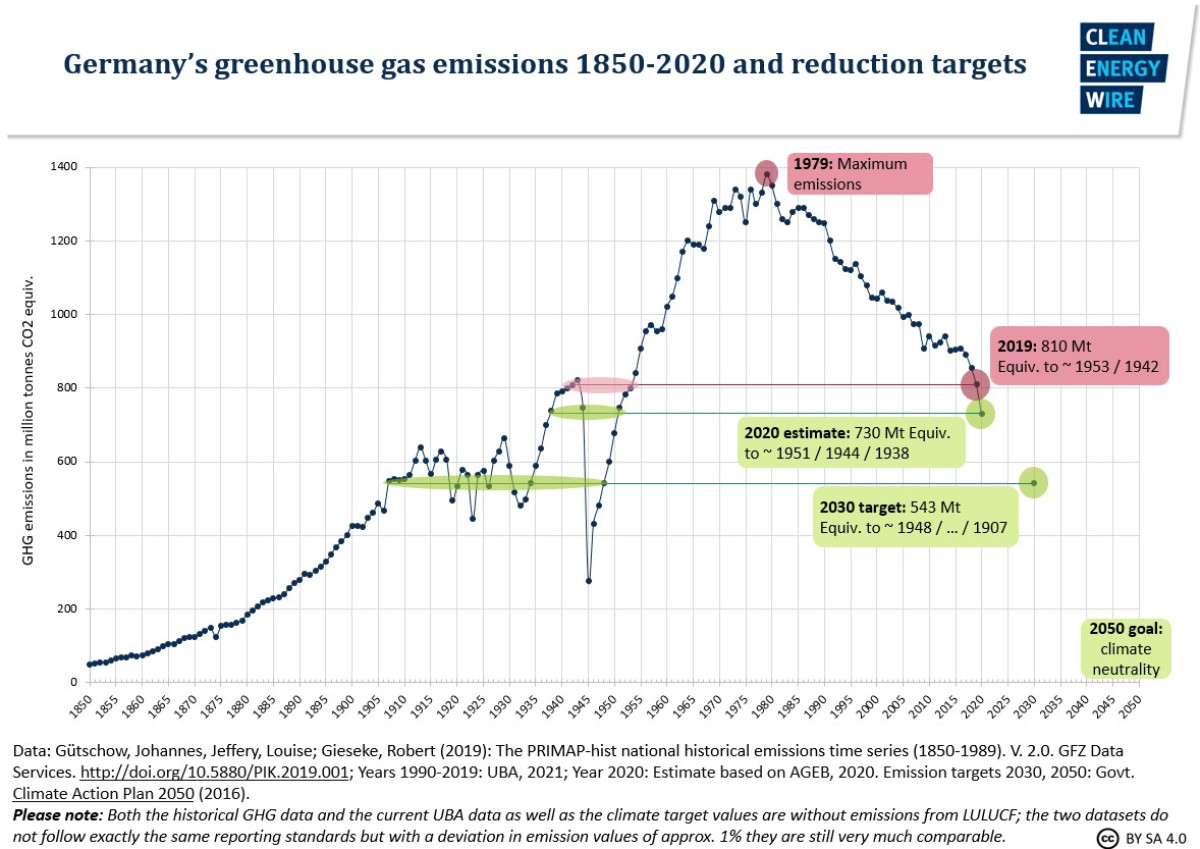



Germany S Greenhouse Gas Emissions And Energy Transition Targets Clean Energy Wire




Greenhouse Gas Emissions Wikipedia




What Are Carbon Emissions And Why Do They Matter Earthhero Blog




Greenhouse Gas Emissions Plunged 17 Percent During Pandemic The Washington Post
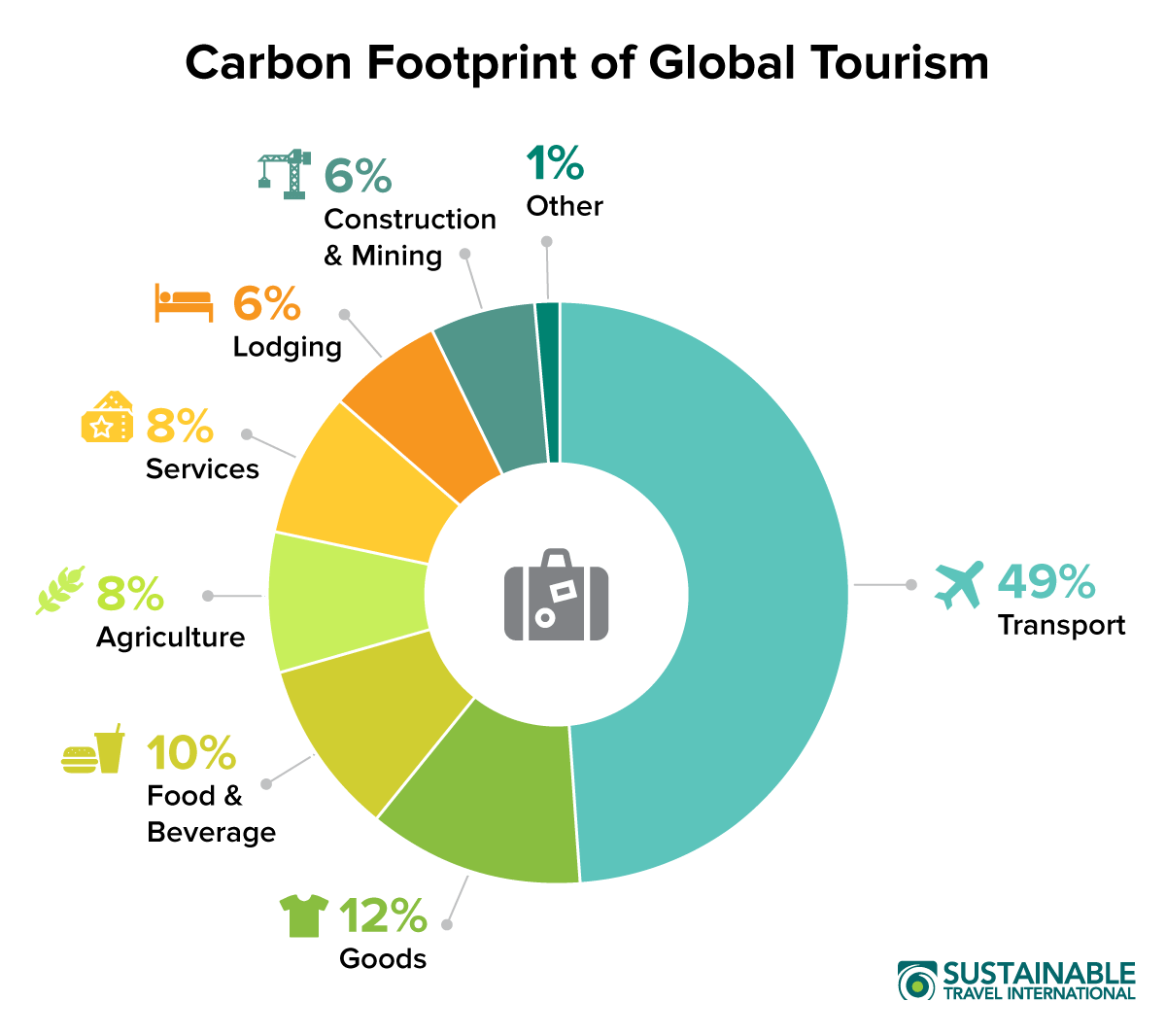



Carbon Footprint Of Tourism Sustainable Travel International




Greenhouse Gas Emissions Plunged 17 Percent During Pandemic The Washington Post




Scale Distribution And Variations Of Global Greenhouse Gas Emissions Driven By U S Households Sciencedirect



Chart Wealthy Nations Lead Per Capita Emissions Statista



1




World Greenhouse Gas Emissions Sankey Chart 19 0 Deepresource




File Global Greenhouse Gas Emissions By Economic Sector 15 Png Wikipedia
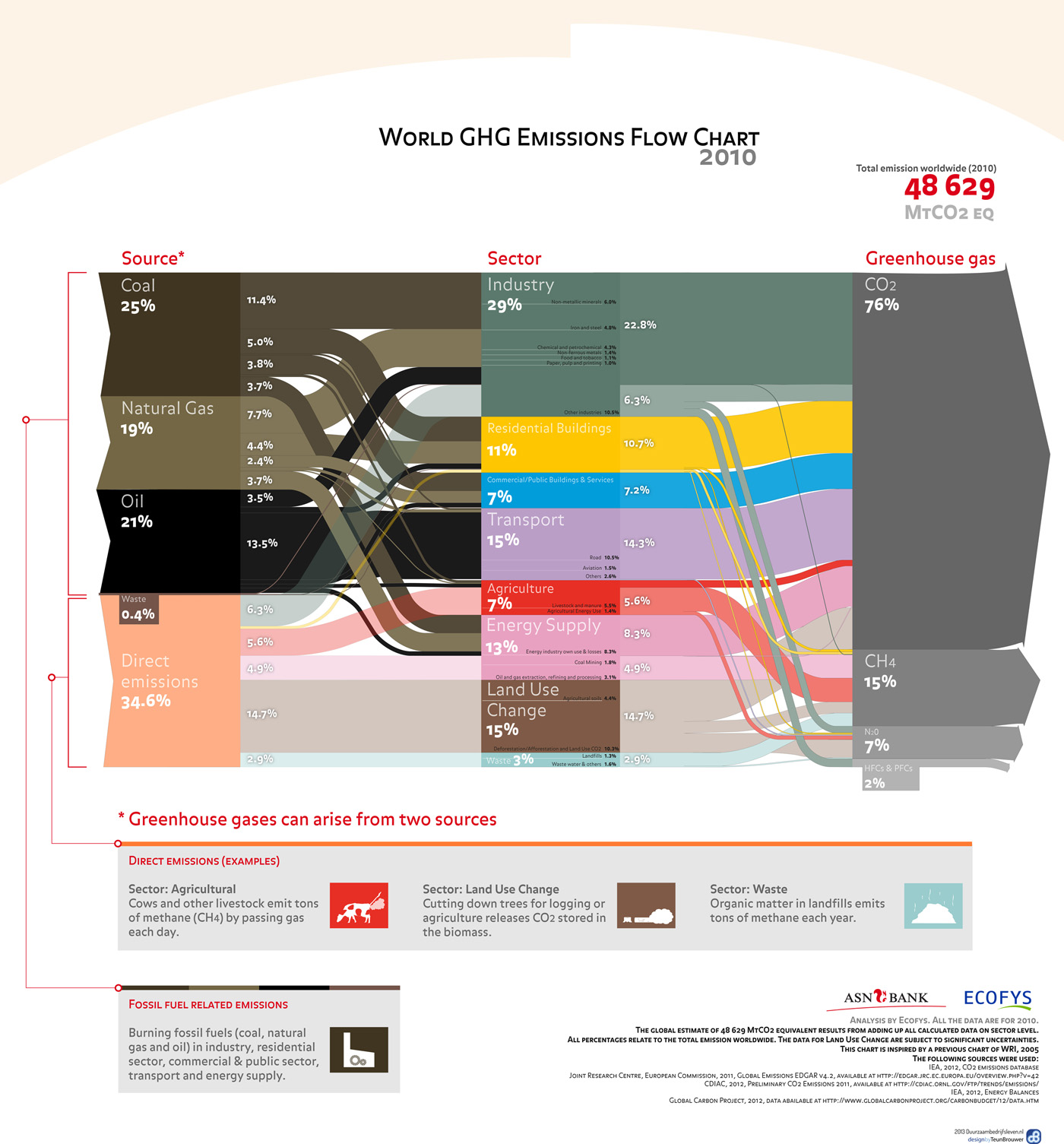



Infograph The World S Greenhouse Gases By Source
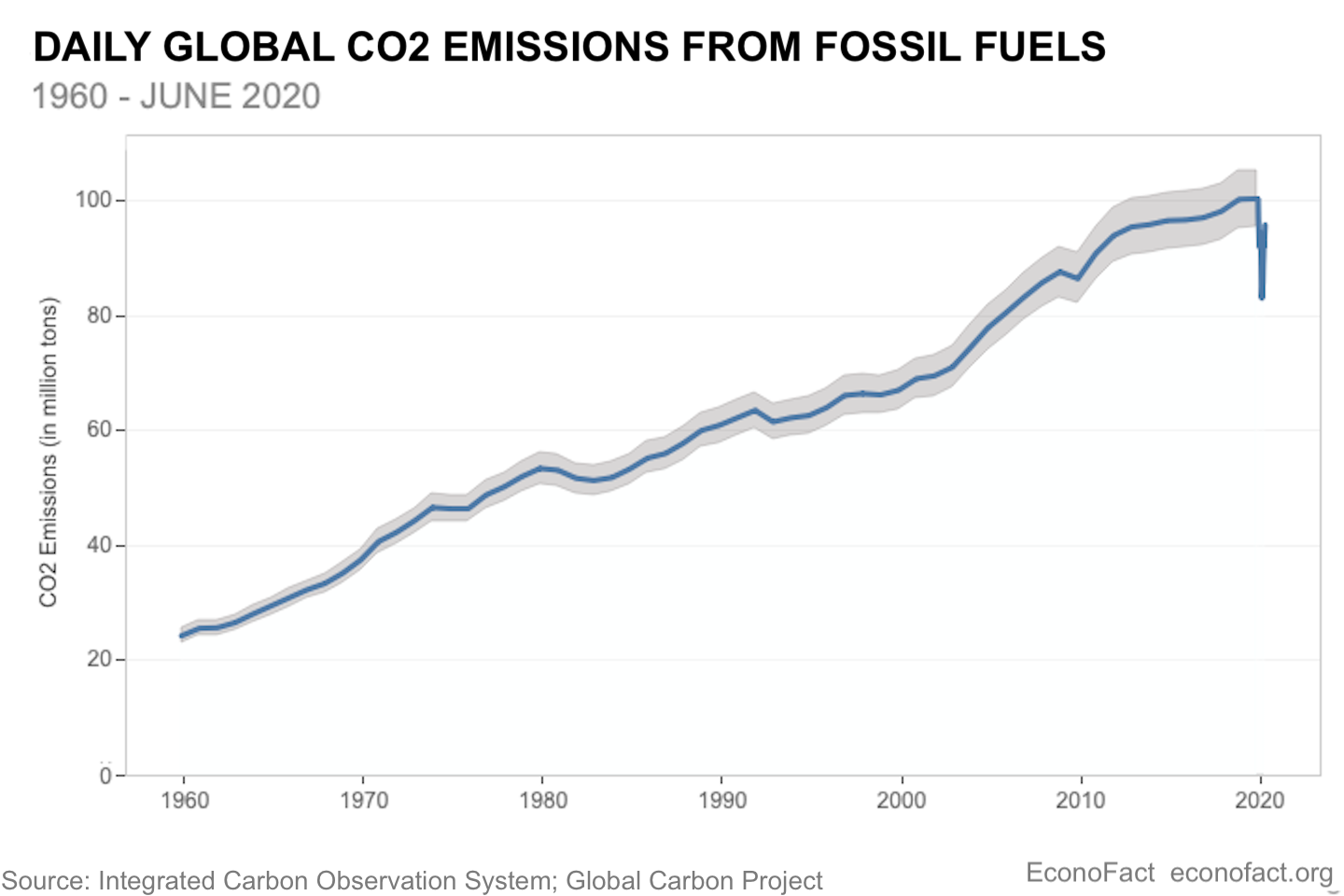



The Effect Of Covid 19 On Co2 Emissions Econofact




China S Greenhouse Gas Emissions Exceeded The Developed World For The First Time In 19 Rhodium Group



1




Where Do Canada S Greenhouse Gas Emissions Come From
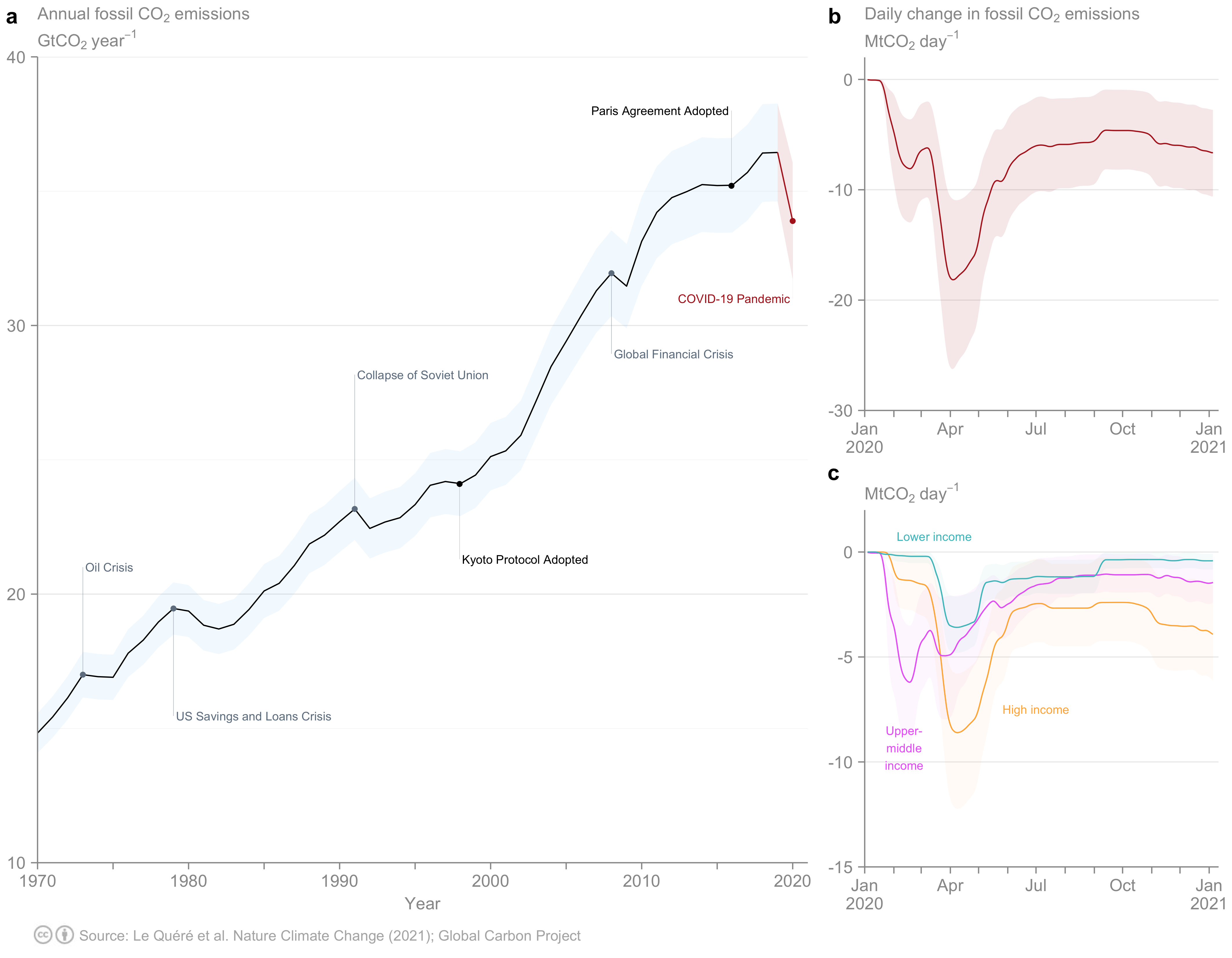



Supplementary Data Temporary Reduction In Daily Global Co2 Emissions During The Covid 19 Forced Confinement Icos




Pin On Climate Change
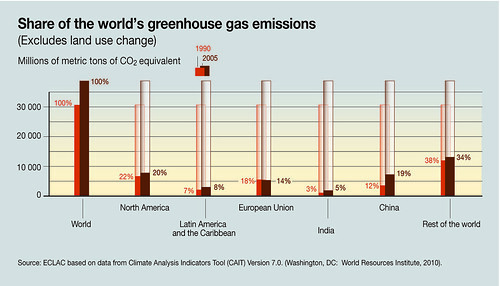



Share Of The World S Greenhouse Gas Emissions Excludes Land Use Change Grid Arendal
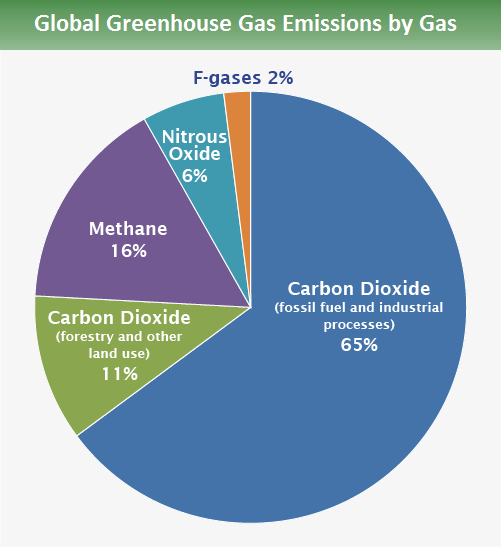



Global Greenhouse Gas Emissions Data Us Epa
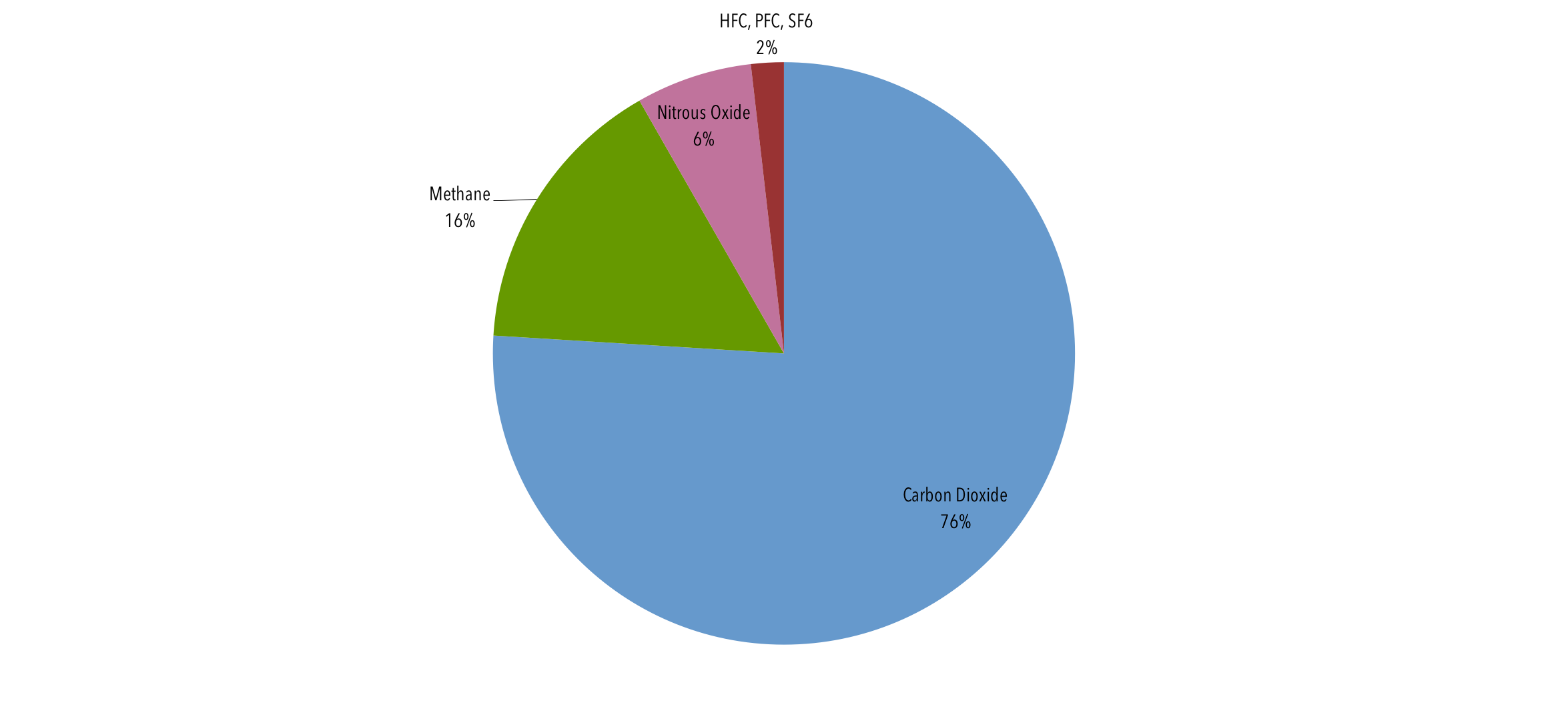



Global Emissions Center For Climate And Energy Solutions




Trends In Global Co2 And Total Greenhouse Gas Emissions 18 Report Pbl Netherlands Environmental Assessment Agency



Co And Greenhouse Gas Emissions Our World In Data



Www Ipcc Ch Site Assets Uploads 18 12 Unep 1 Pdf
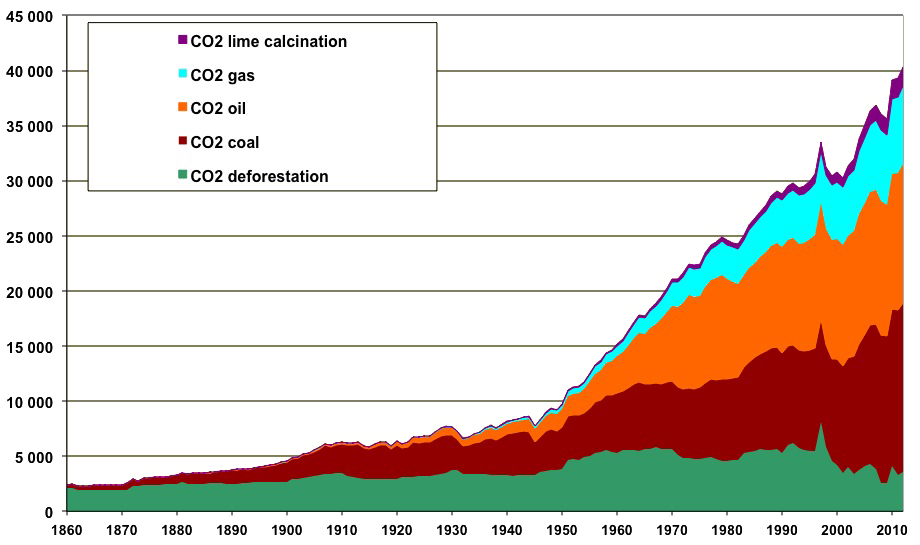



How Do Greenhouse Gas Emissions Presently Evolve Jean Marc Jancovici



Iran Ghg Emissions From Energy Sector Sankey Diagrams




T0bfacaww28onm
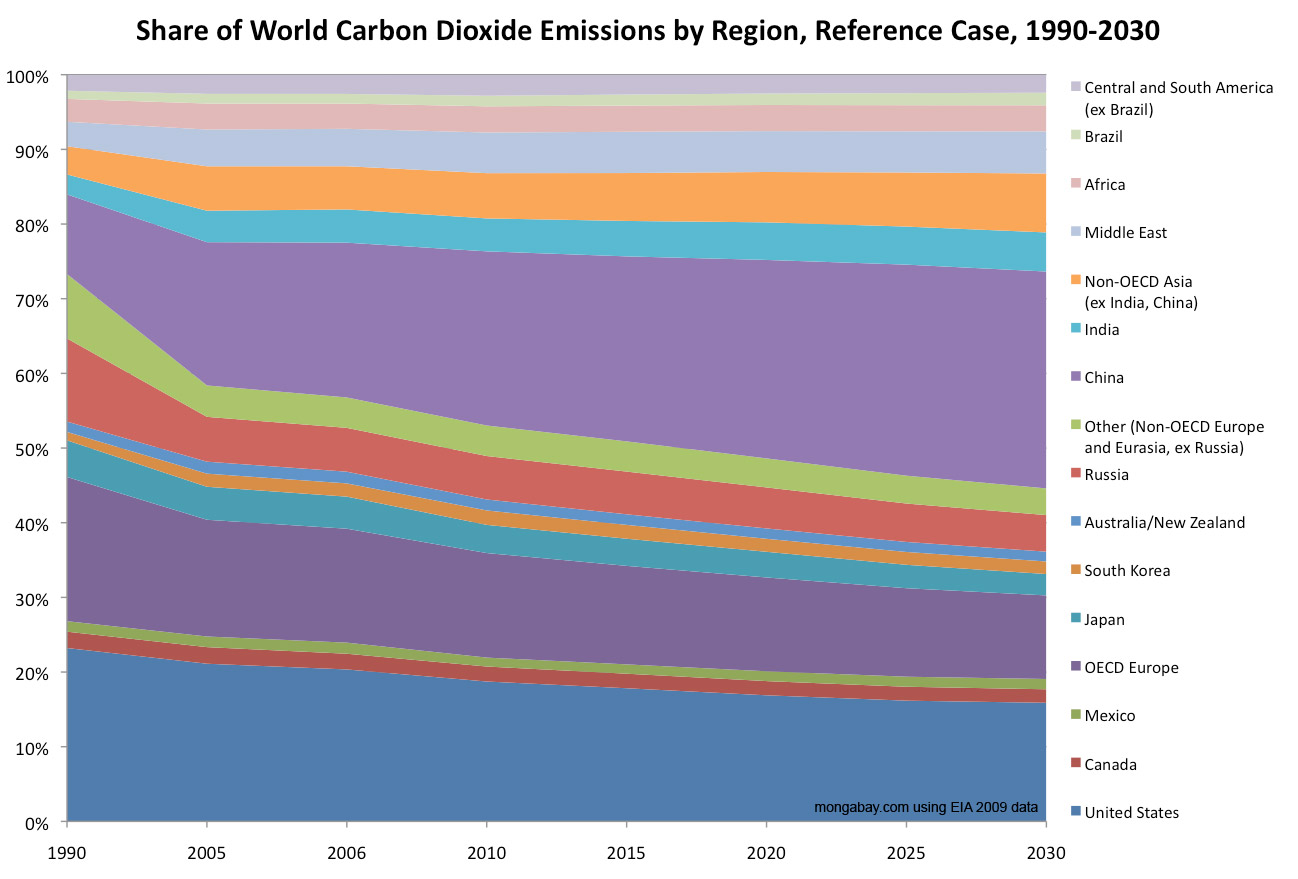



Carbon Dioxide Emissions Charts




World Flow Chart Of Greenhouse Gases Illustrating The Emission Download Scientific Diagram
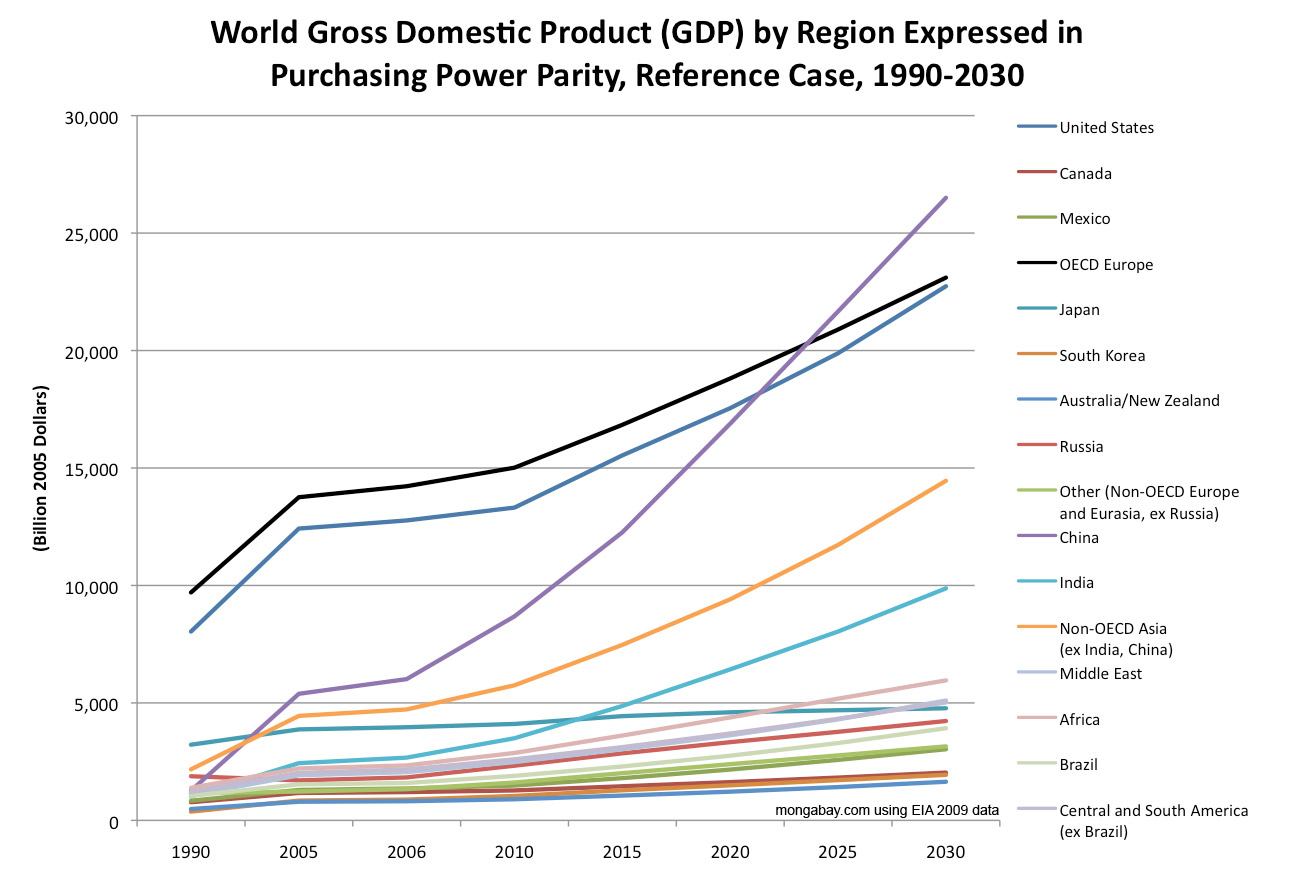



Carbon Dioxide Emissions Charts




5 Charts Show How Your Household Drives Up Global Greenhouse Gas Emissions Greenhouse Gas Emissions Greenhouse Gases Carbon Footprint



Emissions By Sector Our World In Data




Climate Change Indicators Global Greenhouse Gas Emissions Us Epa



Q Tbn And9gcsud8qrpbvfrrwlzfbkcia7ejm3in8xid1hdwmfio Rdlvyoqxe Usqp Cau



0 件のコメント:
コメントを投稿